![]() |
| c1810-20 Caspar David Friedrich by Gerhard von Kügelgen |
Biographical information from Wikipedia:
Caspar David Friedrich (1774 – 1840) was born in 1774, in Greifswald, Swedish Pomerania on the Baltic coast of Germany.The sixth of ten children, he was brought up in the strict Lutheran creed of his father Adolf Gottlieb Friedrich, a candle-maker and soap boiler. Caspar David was familiar with death from an early age. His mother, Sophie Dorothea Bechly, died in 1781 when he was just seven.A year later, his sister Elisabeth died,while a second sister, Maria, succumbed to typhus in 1791.Arguably the greatest tragedy of his childhood was the 1787 death of his brother Johann Christoffer: at the age of thirteen, Caspar David witnessed his younger brother fall through the ice of a frozen lake and drown.Some accounts suggest that Johann Christoffer perished while trying to rescue Caspar David, who was also in danger on the ice.
Friedrich began his formal study of art in 1790 as a private student of artist Johann Gottfried Quistorp at the University of Greifswald. Quistorp took his students on outdoor drawing excursions; as a result, Friedrich was encouraged to sketch from life at an early age.Through Quistorp, Friedrich met and was subsequently influenced by the theologian Ludwig Gotthard Kosegarten, who taught that nature was a revelation of God.Quistorp introduced Friedrich to the work of the German 17th-century artist Adam Elsheimer, whose works often included religious subjects dominated by landscape, and nocturnal subjects.
![]() |
| Adam Elsheimer "Flight into Egypt 1609 oil on copper 31 x 42 cm |
Four years later Friedrich entered the prestigious Academy of Copenhagen, where he began his education by making copies of casts from antique sculptures before proceeding to drawing from life. Living in Copenhagen afforded the young painter access to the Royal Picture Gallery’s collection of 17th-century Dutch landscape painting. At the Academy he studied under teachers such as Christian August Lorentzen and the landscape painter Jens Juel. These artists were inspired by the Sturm und Drang movement and represented a midpoint between the dramatic intensity and expressive manner of the budding Romantic aesthetic and the waning neo-classical ideal. Mood was paramount, and influence was drawn from such sources as the Icelandic legend of Edda, the poems of Ossian and Norse mythology.
![]() |
| Christian August Lorentzen "Silke Saugen" oil on canvas 44.5 x 58.5 cm |
![]() |
| Jens Juel Shore at Vedbaek |
Friedrich settled permanently in Dresden in 1798. He established his reputation as an artist when he won a prize in 1805 at the Weimar competition organised by the writer Goethe. He completed the first of his major paintings in 1807: The Cross in the Mountains. The work was first exhibited on Christmas Day, 1808.Although it was generally coldly received, it was nevertheless Friedrich's first painting to receive wide publicity.
![]() |
| 1807 The Cross in the Mountains oil on canvas 115 x 110.5 cm |
Friedrich was elected a member of the Berlin Academy in 1810, following the purchase of two of his paintings by the Prussian Crown Prince. Yet in 1816, he sought to distance himself from Prussian authority, and that June applied for Saxon citizenship. The move was unexpected by his friends, as the Saxon government of the time was pro-French, while Friedrich's paintings to date were seen as generally patriotic and distinctly anti-French. Nevertheless Friedrich attained not only citizenship, but in 1818, a place in the Saxon Academy as a member with a yearly dividend of 150 thalers. Although he hoped to receive a full Professorship, it was never awarded him as, according to the German Library of Information, "it was felt that his painting was too personal, his point of view too individual to serve as a fruitful example to students."
Friedrich married Caroline Bommer in 1818 and they would have three children. Friedrich was acquainted with Philipp Otto Runge, another leading German painter of the Romantic period. He was also a friend of Georg Friedrich Kersting, who painted him at work in his unadorned studio, and of the Norwegian painter Johann Christian Dahl.
![]() |
| 1811 Friedrich's Studio by Georg Friedrich Kersting oil on canvas 54 x 42 cm |
Dahl was close to Friedrich during the artist's final years, and he expressed dismay that to the art-buying public, Friedrich's pictures were only "curiosities".While the poet Zhukovsky appreciated Friedrich's psychological themes, Dahl praised the descriptive quality of Friedrich's landscapes, commenting that "artists and connoisseurs saw in Friedrich's art only a kind of mystic, because they themselves were only looking out for the mystic... They did not see Friedrich's faithful and conscientious study of nature in everything he represented".
Friedrich's reputation steadily declined over the final fifteen years of his life. As the ideals of early Romanticism passed from fashion, he came to be viewed as an eccentric and melancholy character, out of touch with the times. Gradually his patrons fell away.By 1820, he was living as a recluse and was described by friends as the "most solitary of the solitary".Towards the end of his life he lived in relative poverty and was increasingly dependent on the charity of friends.
In 1835, Friedrich suffered his first stroke, which left him with minor limb paralysis and greatly reduced his ability to paint.As a result he was unable to work in oil; instead he was limited to watercolour, sepia and reworking older compositions. Although his vision remained strong, he had lost the full strength of his hand. Yet he was able to produce a final 'black painting', Seashore by Moonlight, described by Vaughan as the "darkest of all his shorelines, in which richness of tonality compensates for the lack of his former finesse".
![]() |
| 1835-36 Seashore by Moonlight oil on canvas 73 x 58 cm |
Symbols of death appeared in his other work from this period.Soon after his stroke, the Russian royal family purchased a number of his earlier works, and the proceeds allowed him to travel to Teplitz - in today's Czech Republic - to recover.During the mid-1830s, Friedrich began a series of portraits and he returned to observing himself in nature. As the art historian William Vaughan has observed, however, "He can see himself as a man greatly changed. He is no longer the upright, supportive figure that appeared in Two Men Contemplating the Moon in 1819. He is old and stiff... he moves with a stoop".By 1838, he was capable only of working in a small format. He died in Dresden in 1840.
This is part 1 of a 2-part post on the works of Caspar David Friedrich:
![]() |
| 1797 Temple with Landscape Ruin oil on canvas |
![]() |
| c1797 Landscape with Pavilion pen, ink, watercolour 16.7 x 21.7 cm |
![]() |
| 1798 Wreck in the Arctic Ocean oil on canvas 31.4 x 23.6 cm |
![]() |
| 1801 The Woman with the Raven at the Abyss woodcut 16.9 x 11.9 cm |
![]() |
| 1802 Study of Heads, Figures and Foliage 20 x 13.2 cm |
![]() |
| 1803 Woman with Spider's Web Between Bare Trees woodcut 17 x 12 cm (image) |
![]() |
| 1803-04 Young Man Lying on a Grave woodcut 7.8 x 11.3 cm (image) |
![]() |
| 1804 Statue of the Madonna in the Mountains graphite and wash 24.4 x 38.2 cm |
![]() |
| 1805-06 View from the Artist's Studio pencil & sepia wash 31.4 x 23.5 cm |
![]() |
| 1805-06 View of Arkona with Rising Moon and Nets oil on canvas |
![]() |
| 1806 Cross in the Mountains |
![]() |
| 1806 The Ruins of Eldena watercolour |
![]() |
| 1806-09 Self-Portrait black chalk 22.6 x 18 cm |
![]() |
| 1807 Dolmen by the Sea pencil & sepia 64.5 x 95 cm |
![]() |
| 1807 Fog oil on canvas 34.5 x 52 cm |
![]() |
| 1807 Sea Beach with Fisherman oil on canvas 34.5 x 51 cm |
![]() |
| 1807 Summer (Landscape with Couple) oil on canvas 71.4 x 103.6 cm |
![]() |
| c1807 Dolmen in Snow oil on canvas 62 x 80 cm |
![]() |
| 1808 Bohemian Landscape with Mount Milleschauer oil on canvas 70 x 104 cm |
![]() |
| 1808 Morning Fog in the Mountains oil on canvas 27.9 x 104 cm |
![]() |
| 1809 Bare Oak Tree pencil 36 x 25.9 cm |
![]() |
| 1809 Monk by the Sea oil on canvas 110 x 172 cm |
![]() |
| 1810 Landscape in the Riessengebirge oil on canvas 45 x 58.3 cm |
![]() |
| 1810 Mountain Landscape with Rainbow oil on canvas 70 x 102 cm |
![]() |
| 1810 Rocks and Trees pencil & watercolour 36 x 26 cm |
![]() |
| 1810 The Abbey in the Oakwood oil on canvas 110 x 171 cm |
![]() |
| c1810-11 Window Looking over the Park pencil & sepia wash 39.8 x 30.5 cm |
![]() |
| c1810 Landscape with Rainbow] oil on canvas 59 x 84.5 cm |
![]() |
| 1811 Port by Moonlight |
![]() |
| 1811 Rock Surface |
![]() |
| 1811 Winter Landscape oil on canvas 32.5 x 45 cm |
![]() |
| 1811-12 The Garden Terrace oil on canvas 53.5 x 70 cm |
![]() |
| c1811 Winter Landscape with Church oil on canvas 33 x 45 cm |
![]() |
| 1812 Cross and Cathedral in the Mountains oil on canvas 44.5 x 37.4 cm |
![]() |
| 1812 Lime Tree Branch pencil & wash 12.8 x 18 cm |
![]() |
| 1812 Old Heroes' Graves oil on canvas 49.5 x 70.5 cm |
![]() |
| 1813 Fallen Rocks pencil & watercolour 21 x 17.4 cm |
![]() |
| 1813-14 Vision of the Christian Church oil on canvas 66.5 x 51.5 cm |
![]() |
| 1814 The Chasseur in the Forest oil on canvas 66 x 47 cm |
![]() |
| 1815 Sailing Ship oil on canvas 71 x 49.5 cm |
![]() |
| 1815 Ships at Anchor oil on canvas 21 x 30 cm |
![]() |
| 1815 The Cross Beside The Baltic oil on canvas 45 x 33.5 cm |
![]() |
| 1815-16 Ships in the Harbour at Greifswald oil on canvas 90 x 71 cm |
![]() |
| c1816-17 Neubrandenburg oil on canvas 91 x 72 cm |
![]() |
| 1817 Altar Design pencil, ink, watercolour 54.8 x 43.7 cm |
![]() |
| 1817 City at Moonrise oil on canvas |
![]() |
| 1817 Greifswald in Moonlight oil on canvas 22.5 x 30.5 cm |
![]() |
| 1817 Picture in Remembrance of Johann Emanuel Bermer oil on canvas 43.5 x 57 cm |
![]() |
| 1817 The Cross in front of a Rainbow in the Mountains ink & watercolour 27.2 x 20.8 cm |
![]() |
| 1817 Two Men by the Sea oil on canvas 51 x 66 cm |
![]() |
| c1817-18 Chalk Cliffs on Rügen oil on canvas 90.5 x 71 cm |
![]() |
| 1818 Gazebo in Greifswald |
![]() |
| 1818 Sailing Boat pencil 33.1 x 24.7 cm |
![]() |
| 1818 Study for On the Sailing Boat pencil & wash 36 x 26 cm |
![]() |
| 1818 The Cathedral oil on canvas 152.5 x 70.5 cm |
![]() |
| 1818 The Marketplace in Greifswald watercolour |
![]() |
| 1818 The Wanderer above the Sea Fog oil on canvas 98 x 74 cm |












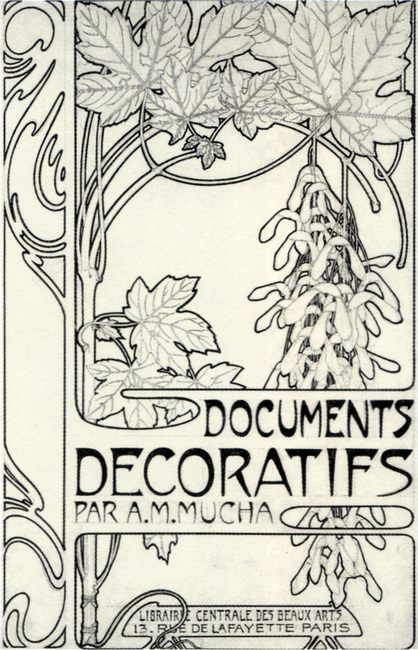.jpg)

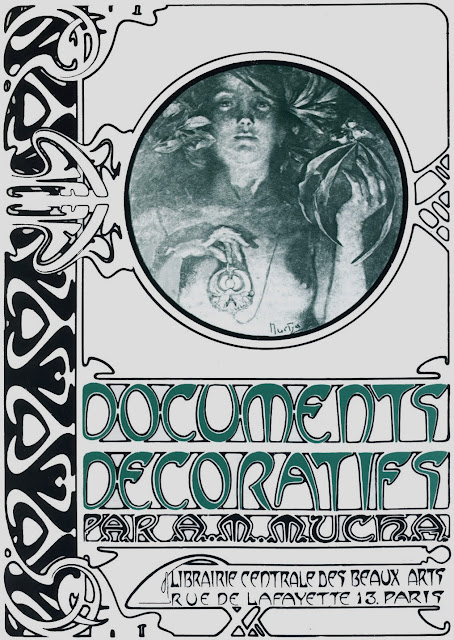
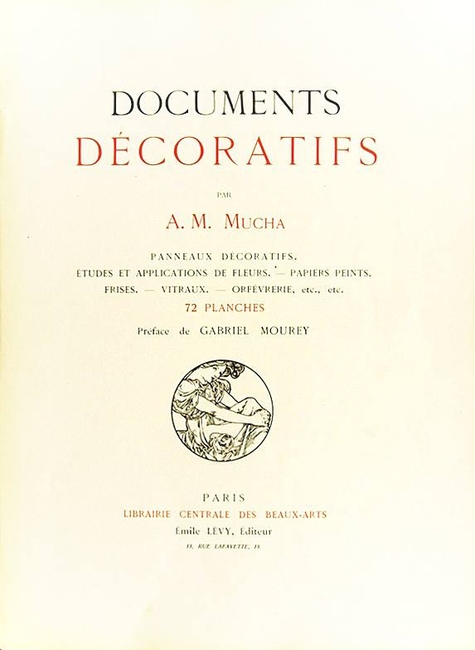



















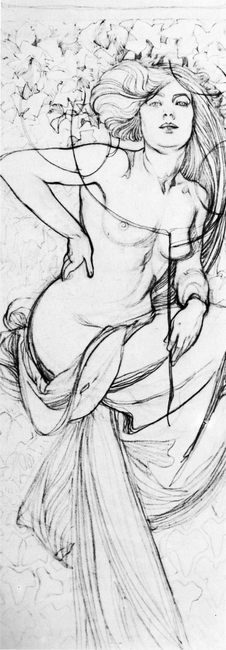


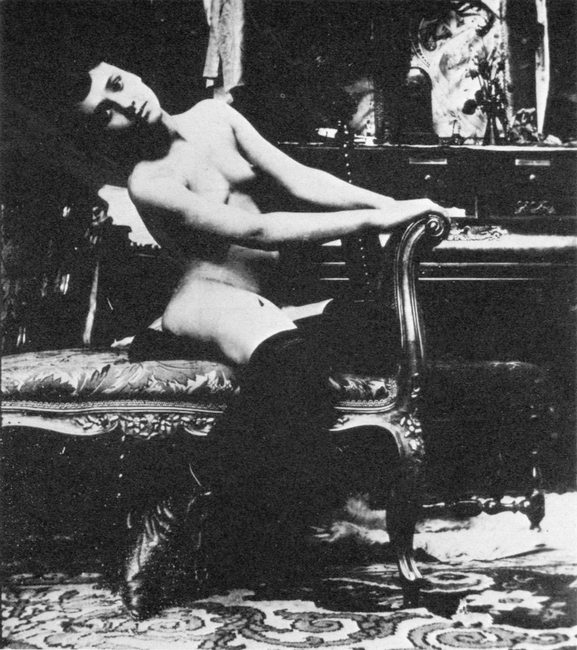





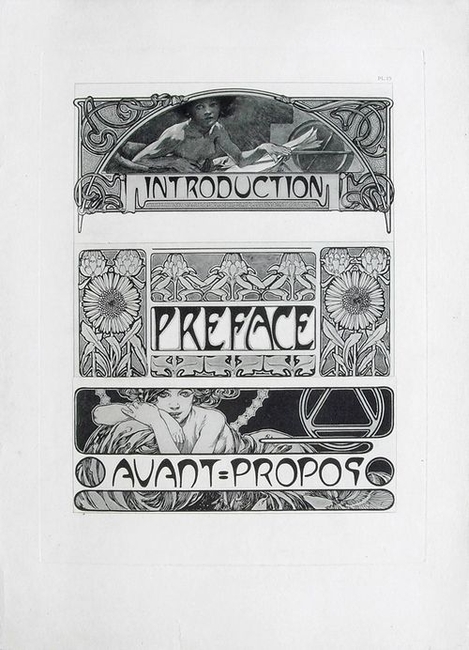










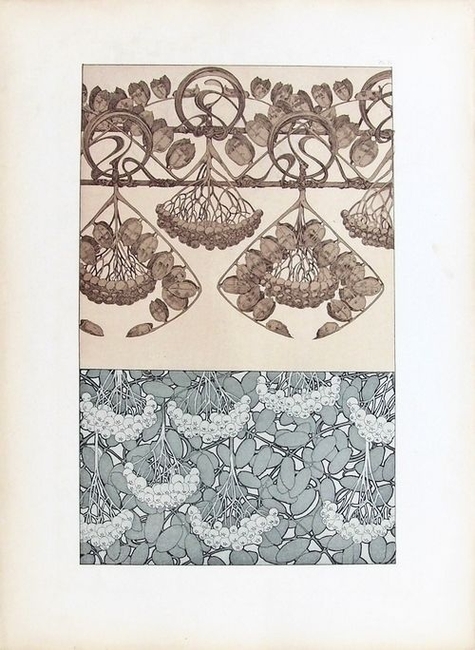












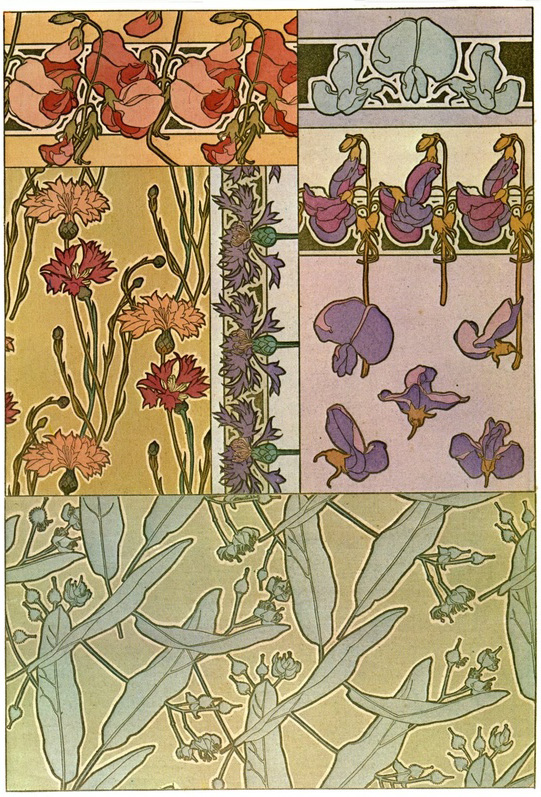

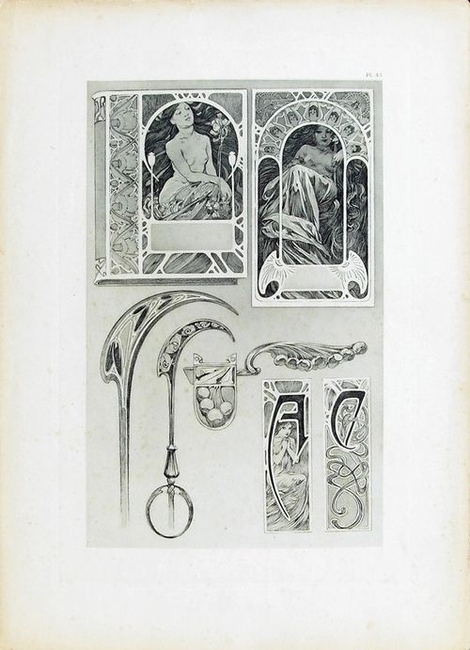

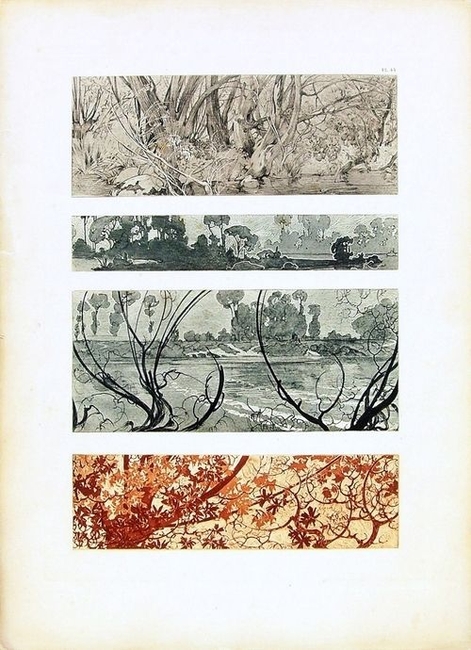
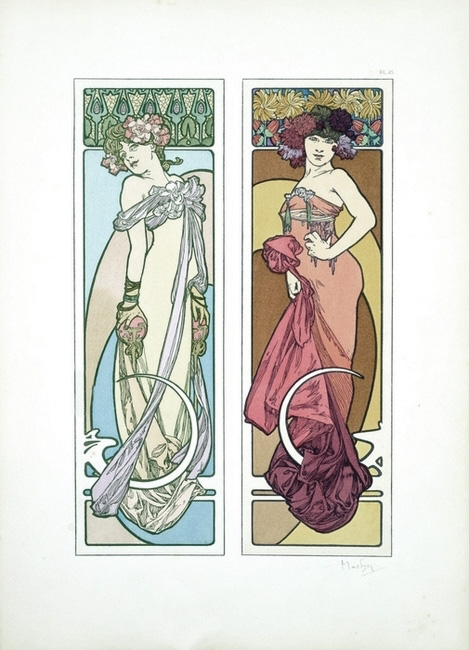




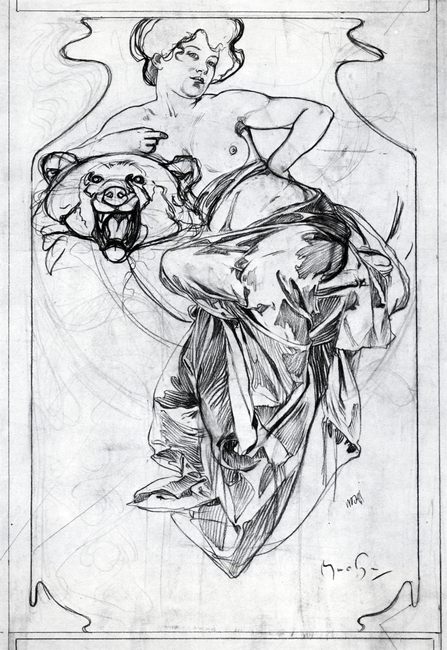




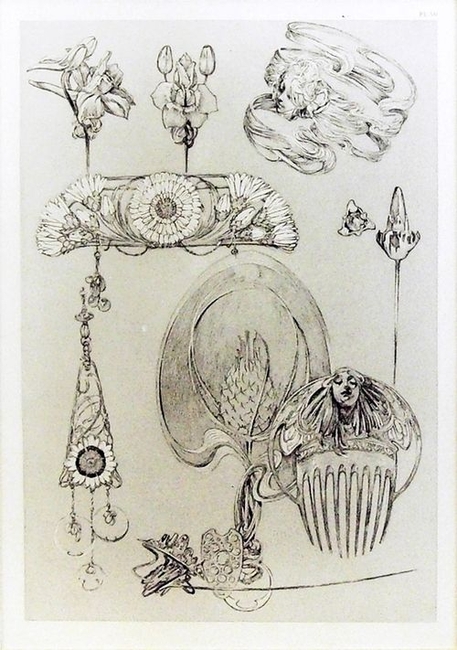


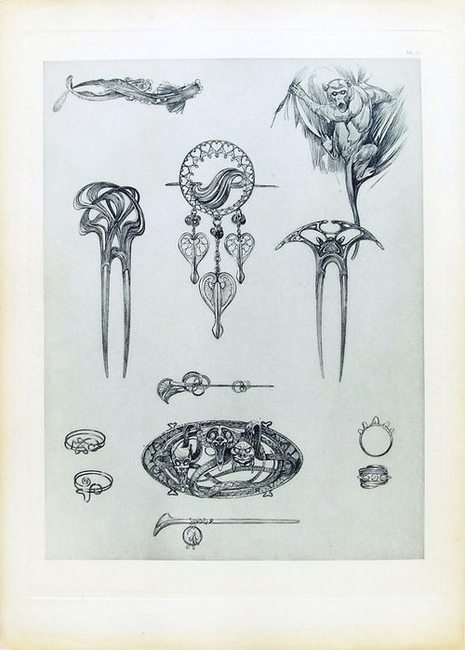









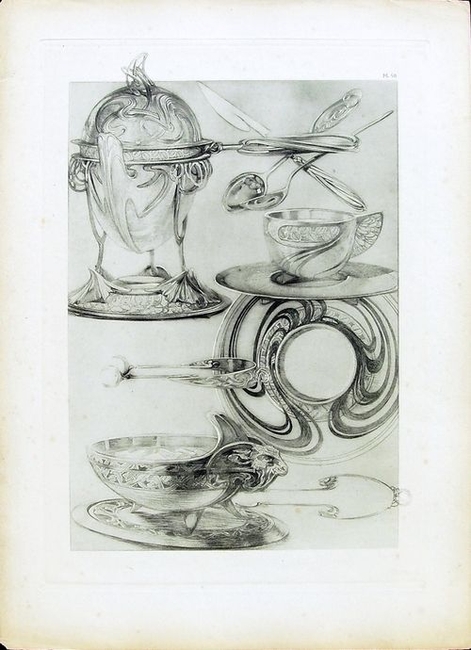
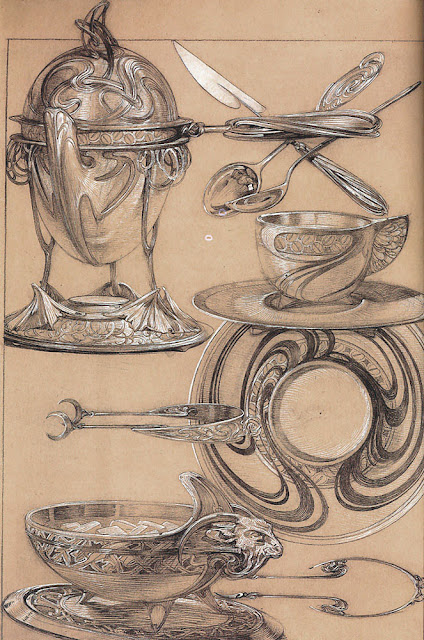




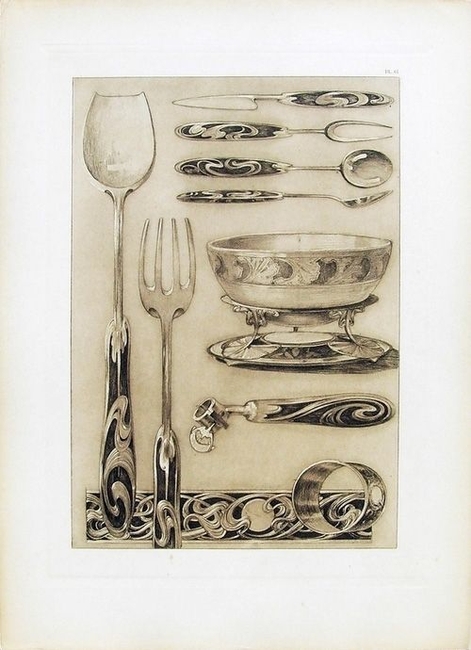



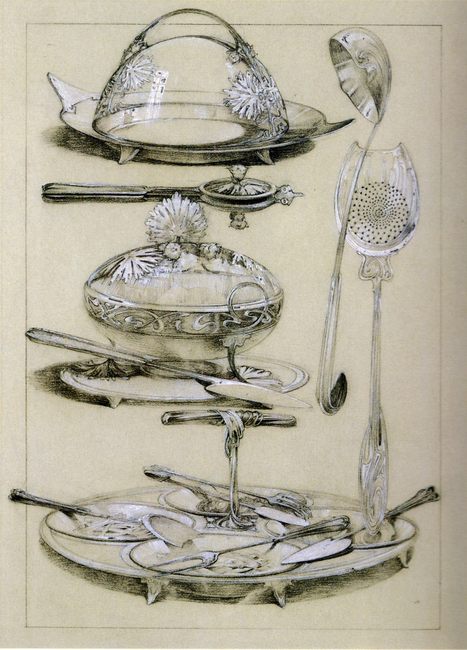
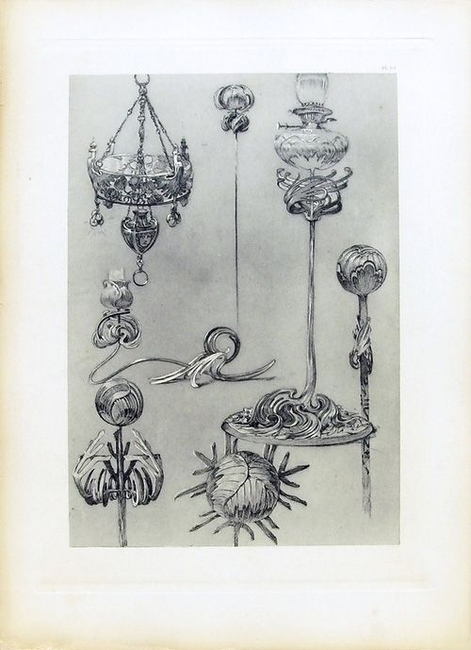


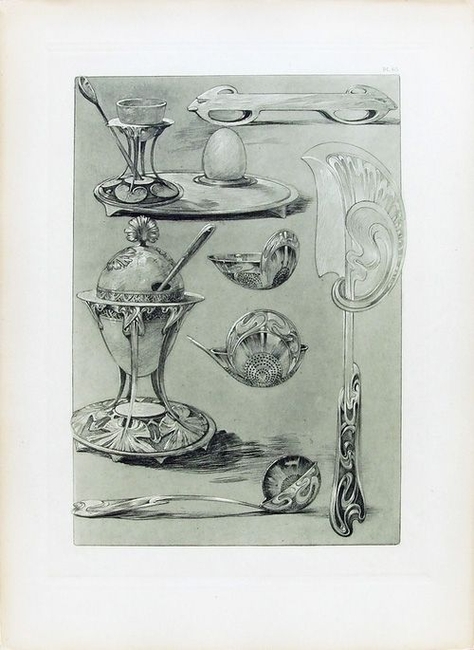

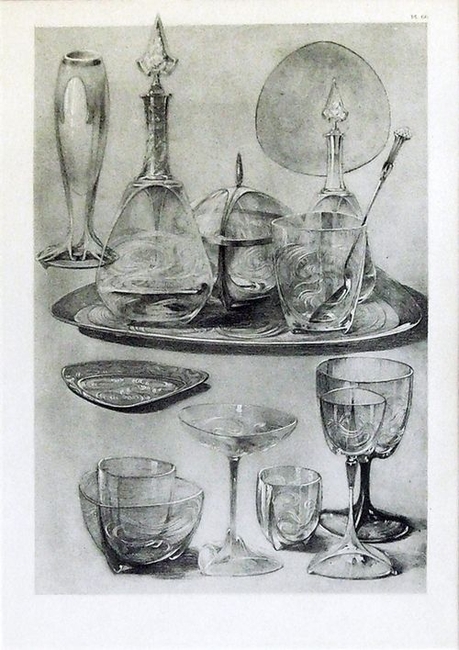
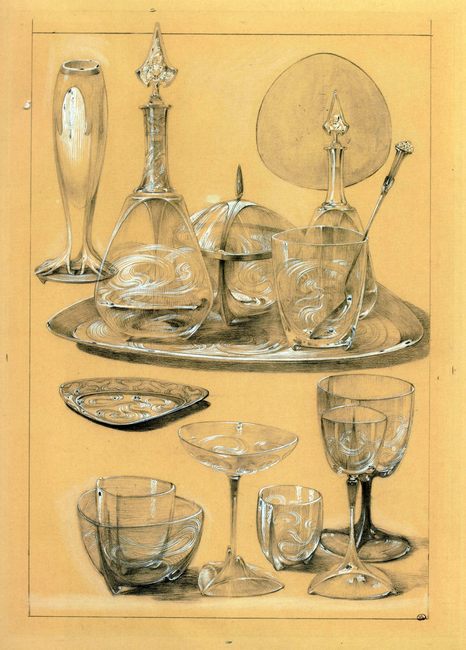
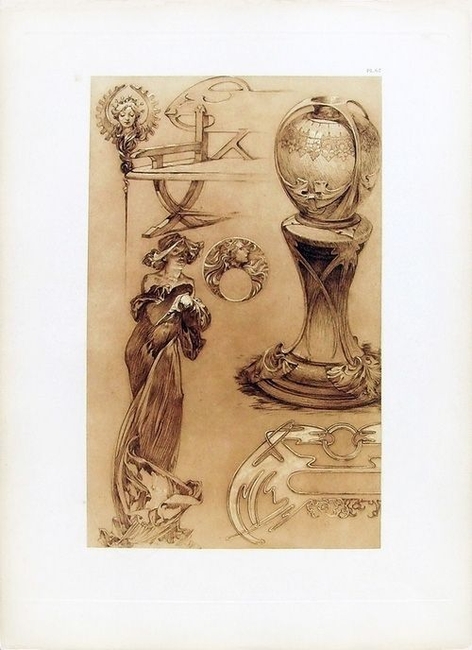
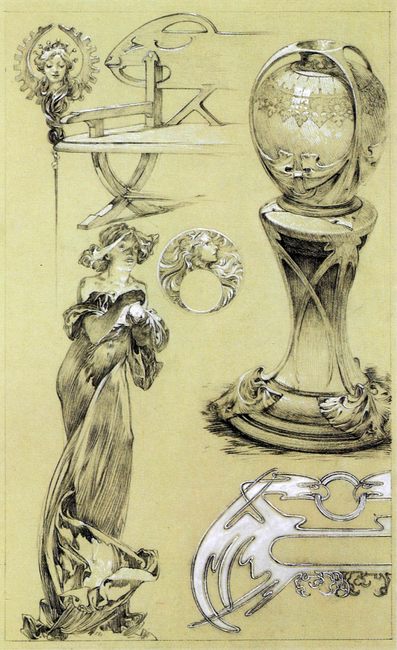
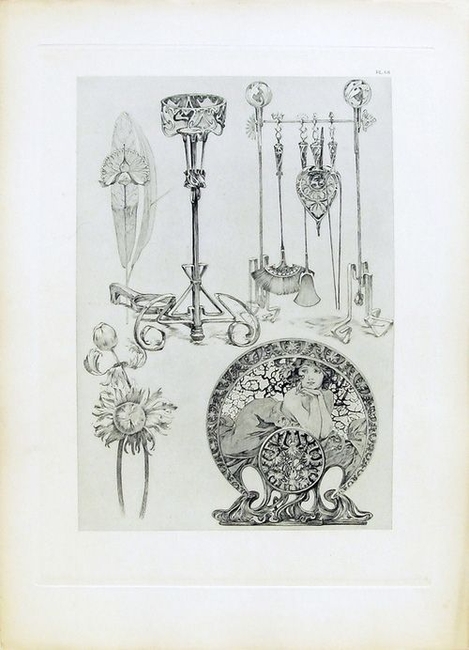





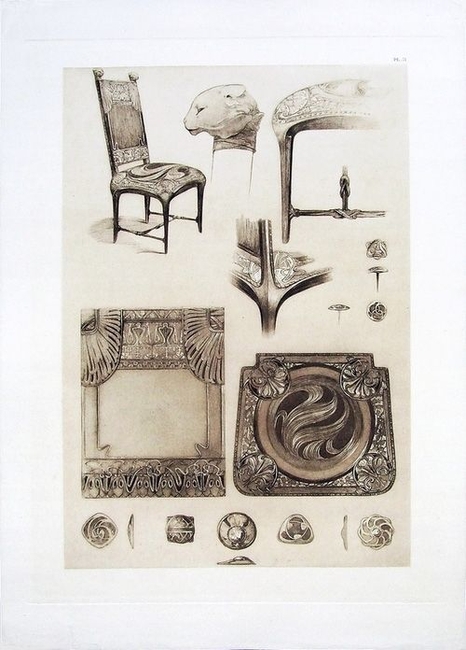



.jpg)


.jpg)


.jpg)
.jpg)

.jpg)



.jpg)




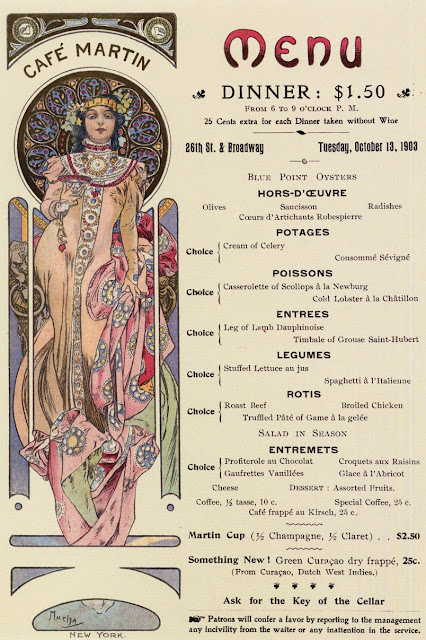







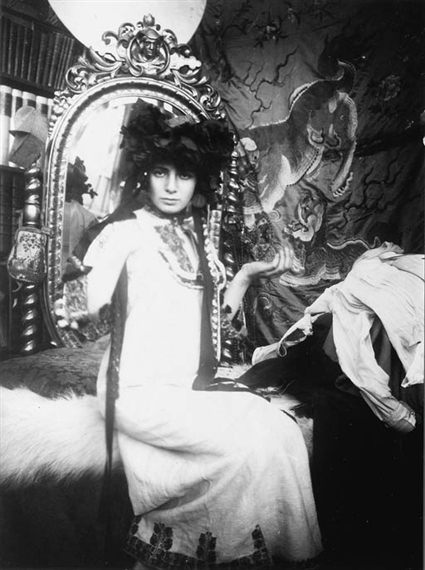





































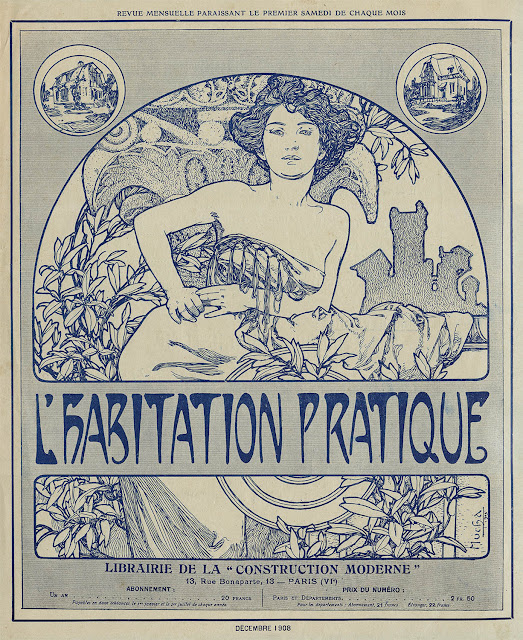





















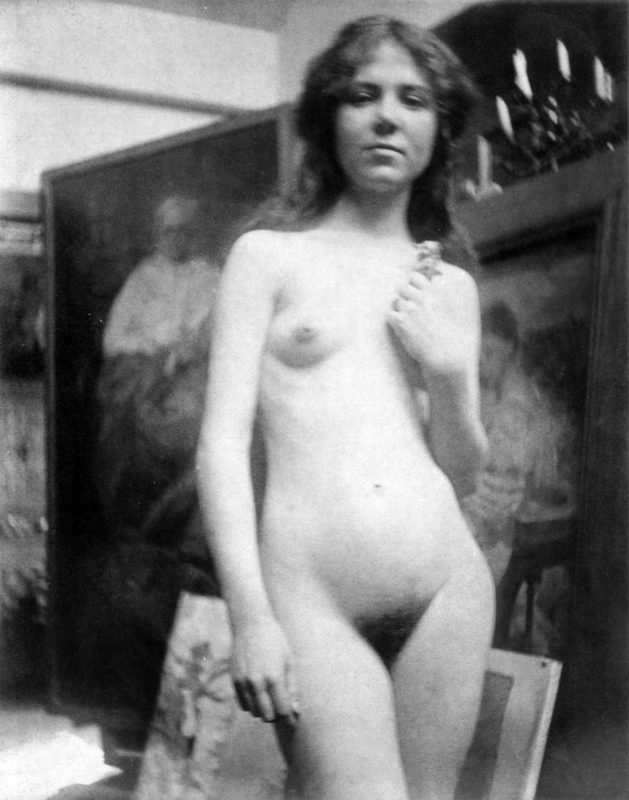




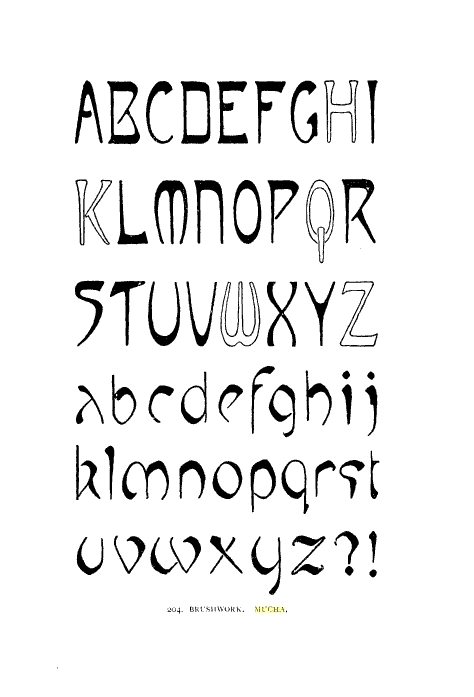

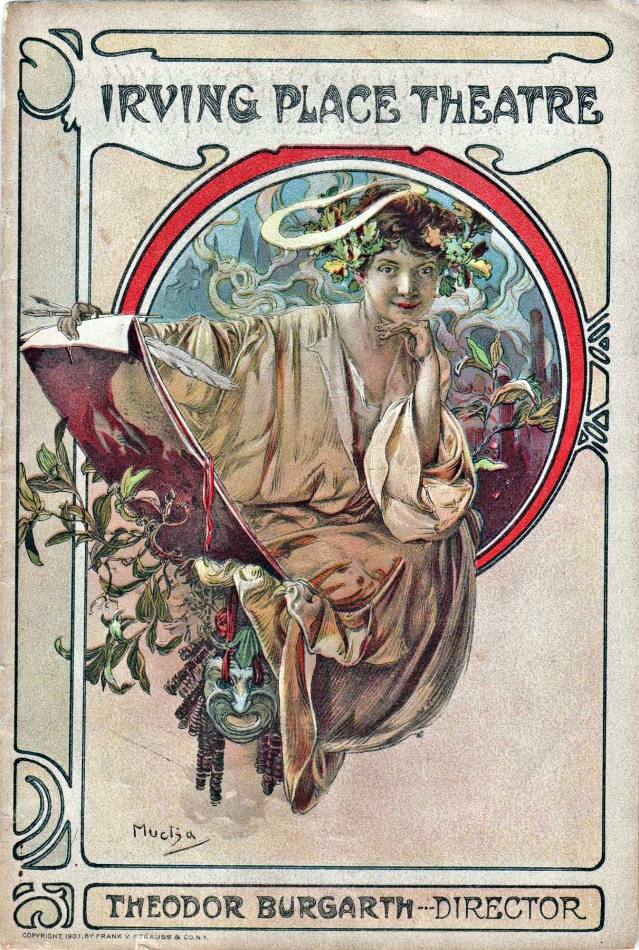

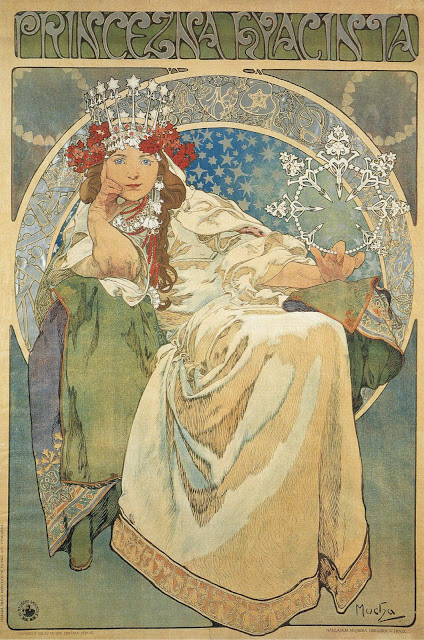

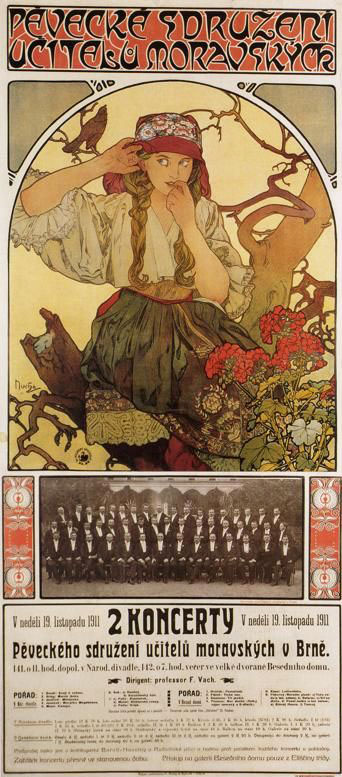























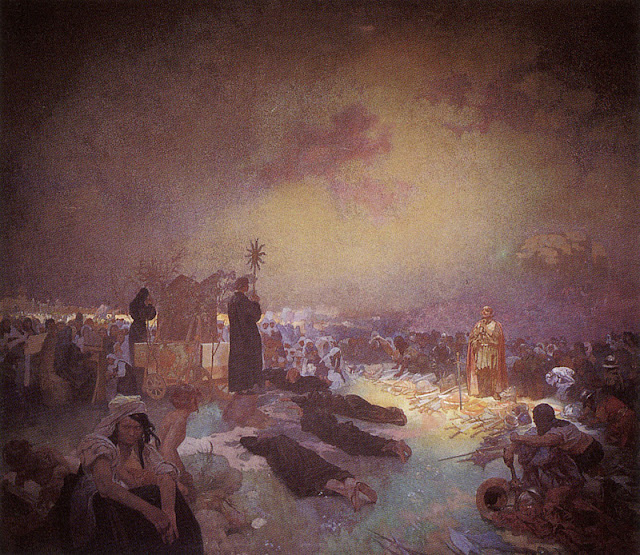



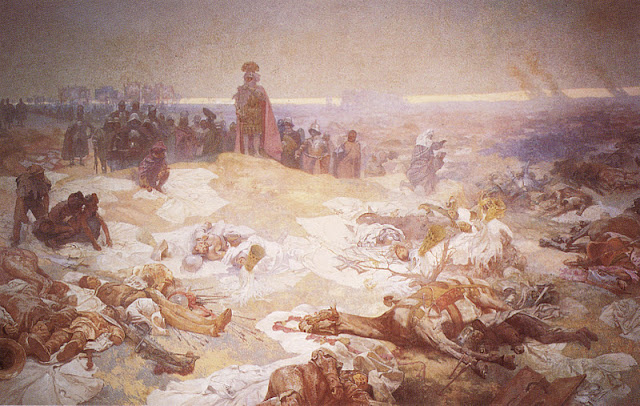



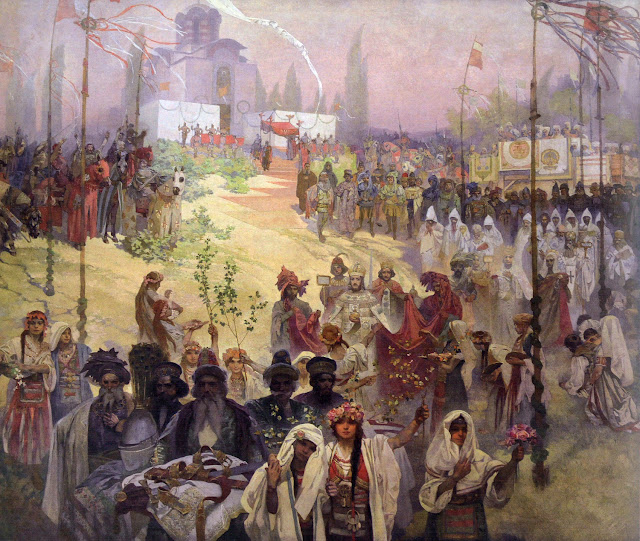









.jpg)





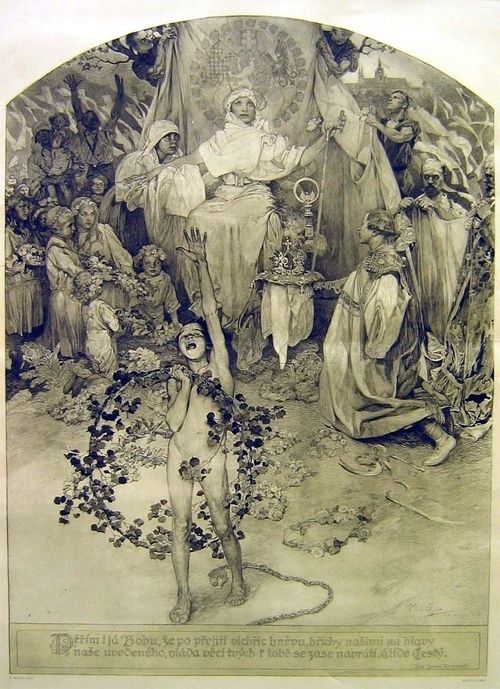.jpg)





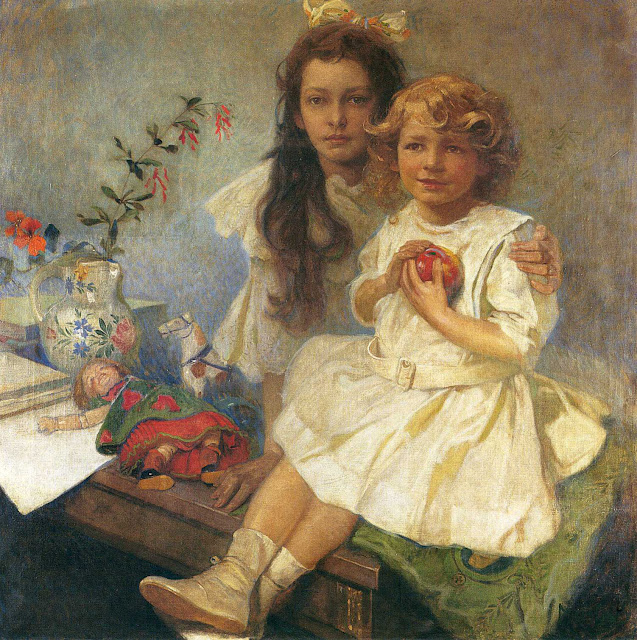







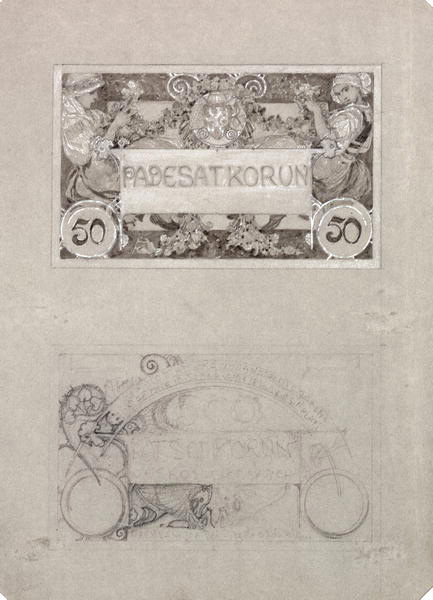

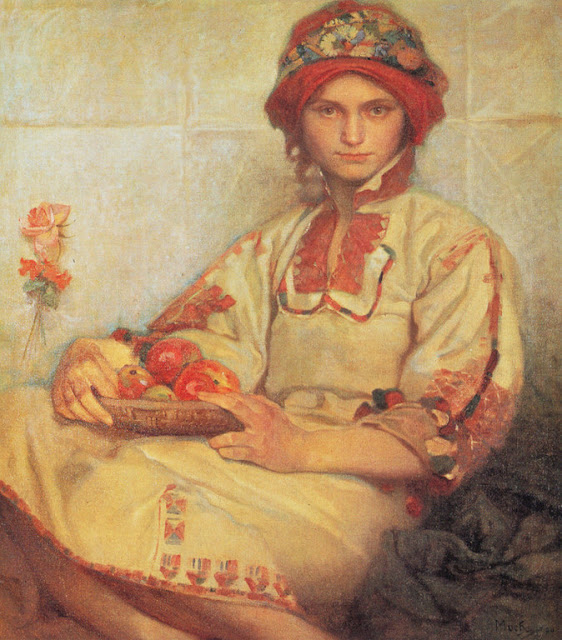

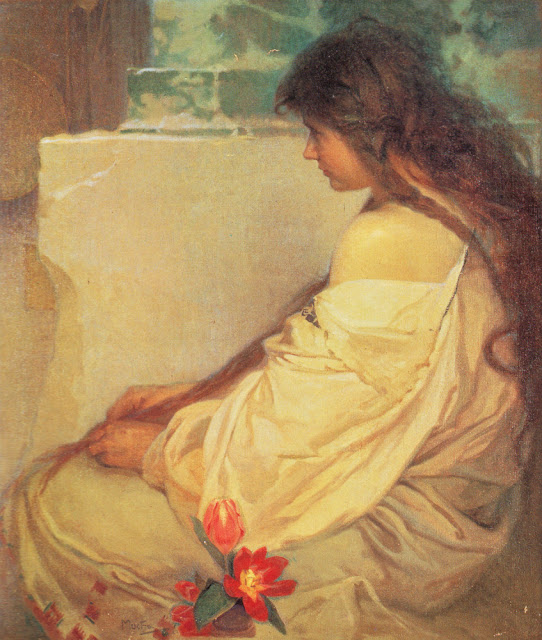
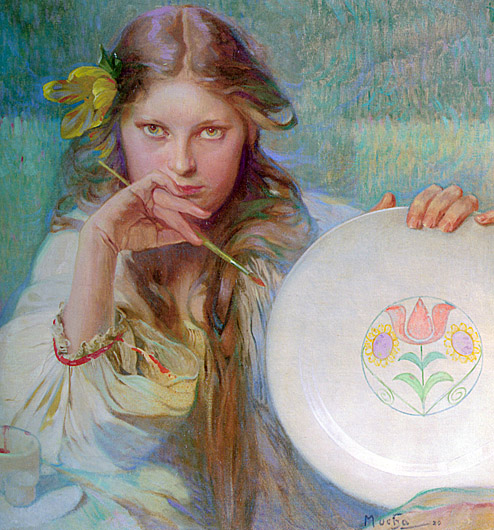

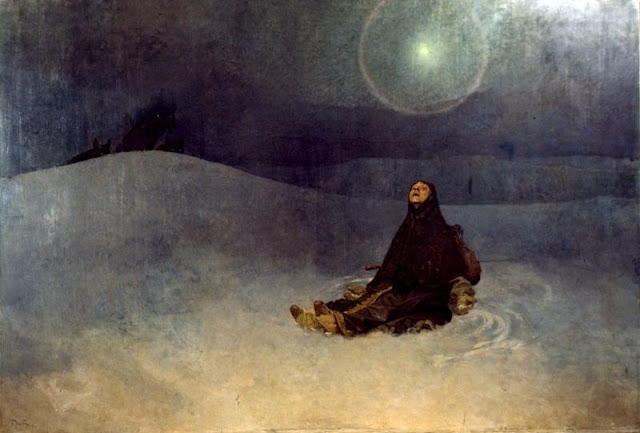














+50+x+40+cm.jpg)




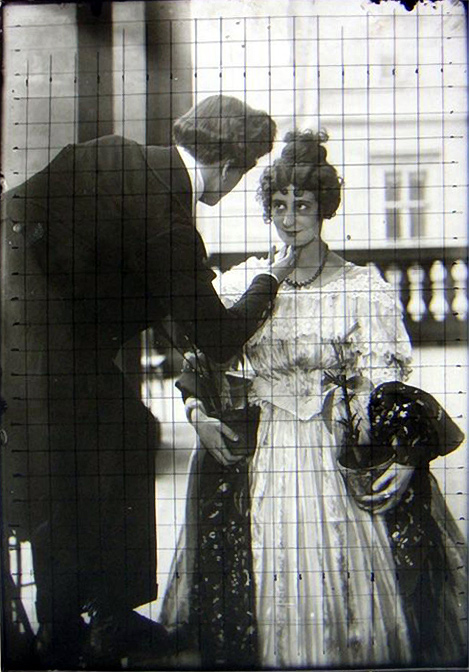


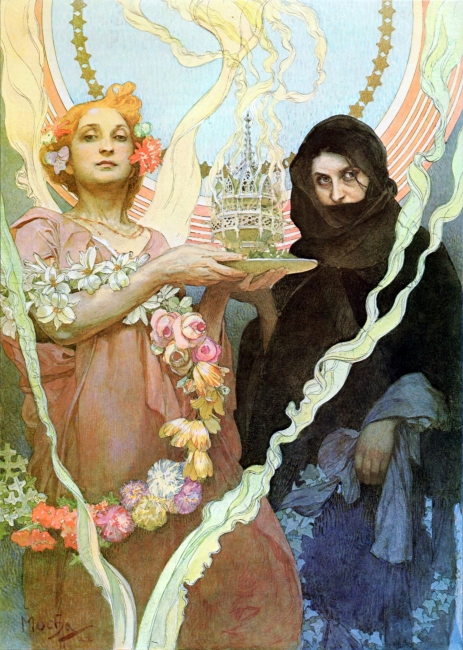


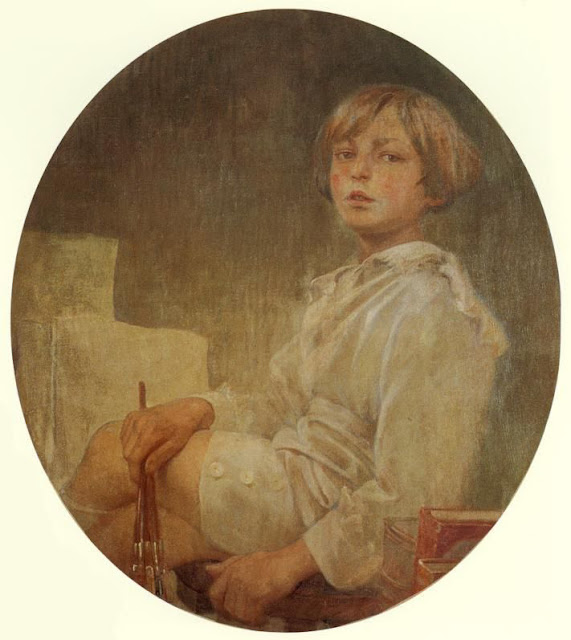
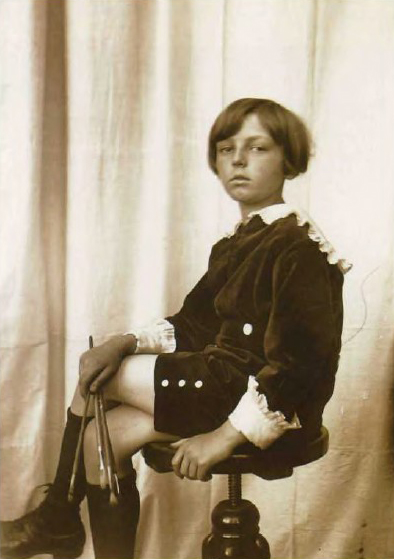
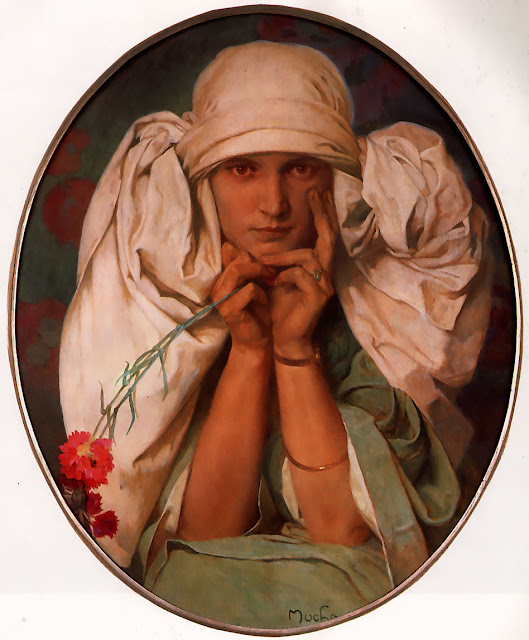

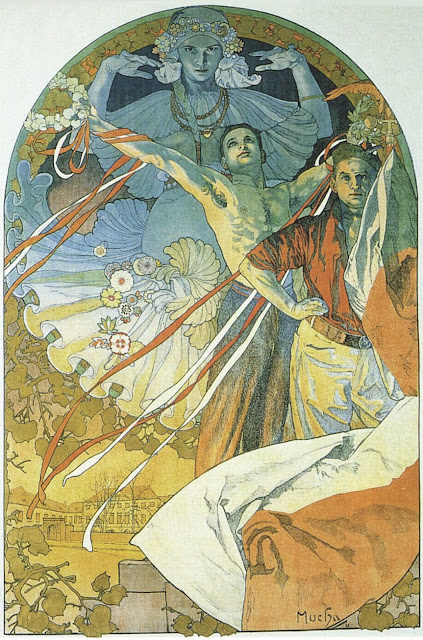
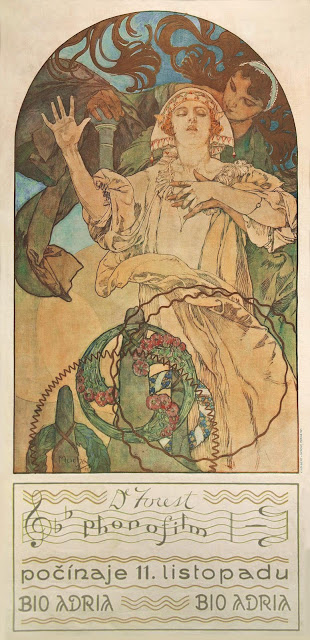

.jpg)

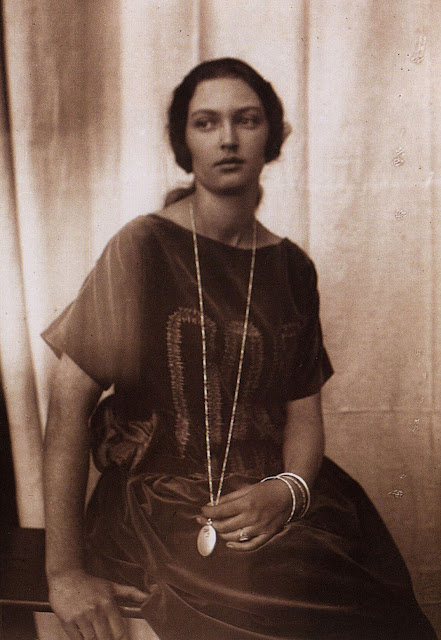

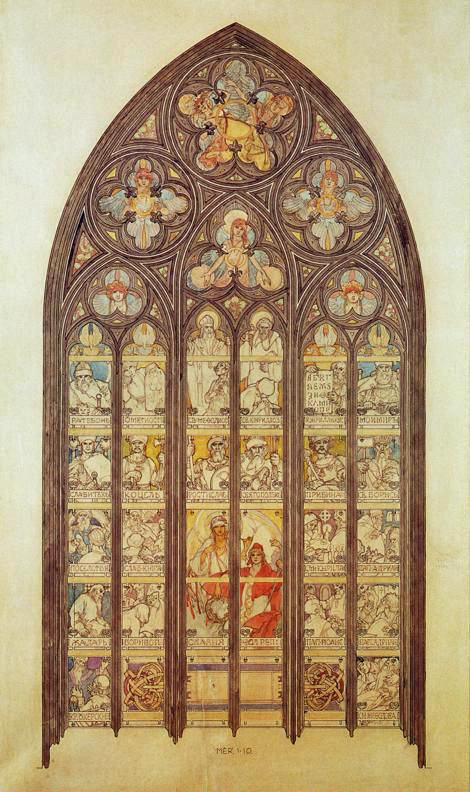
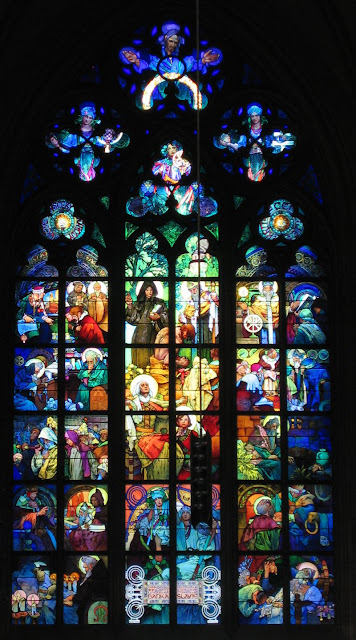


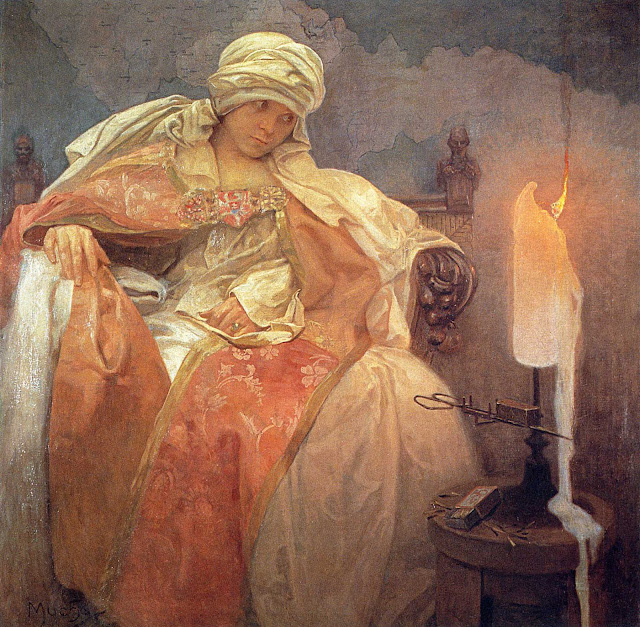




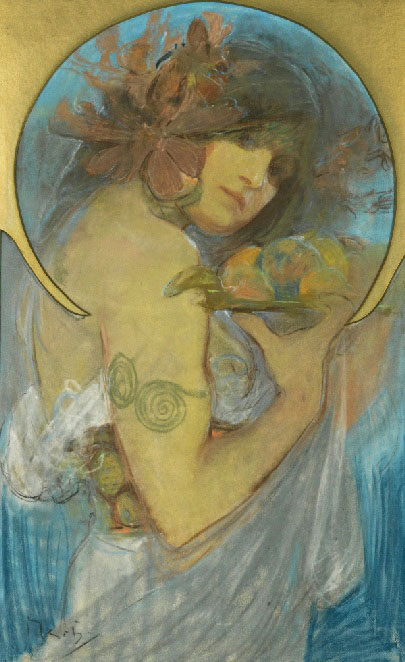
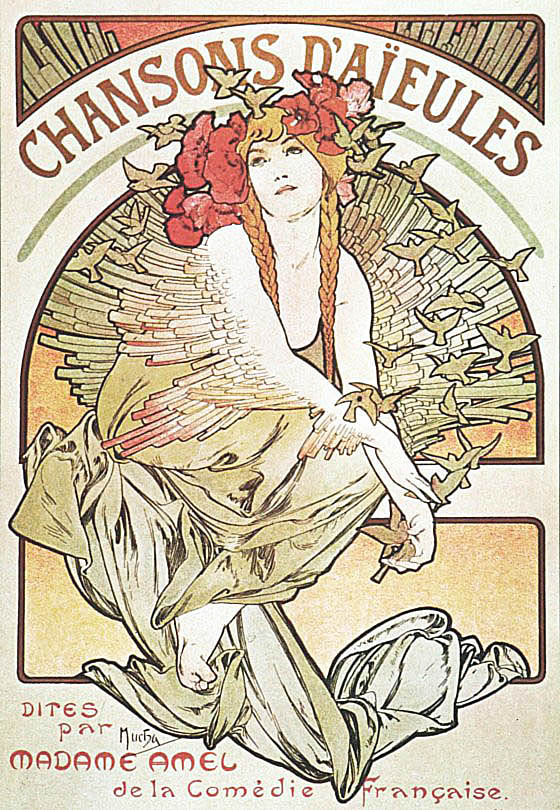


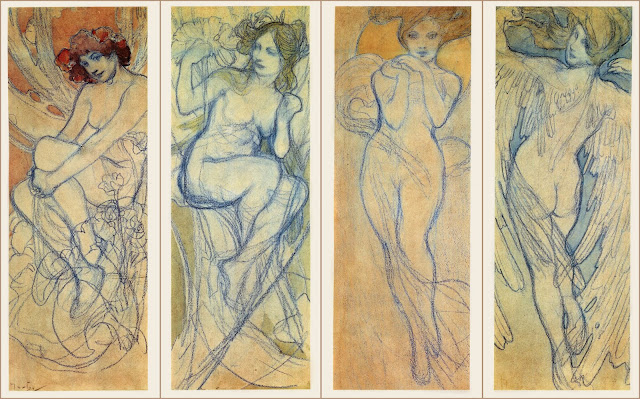
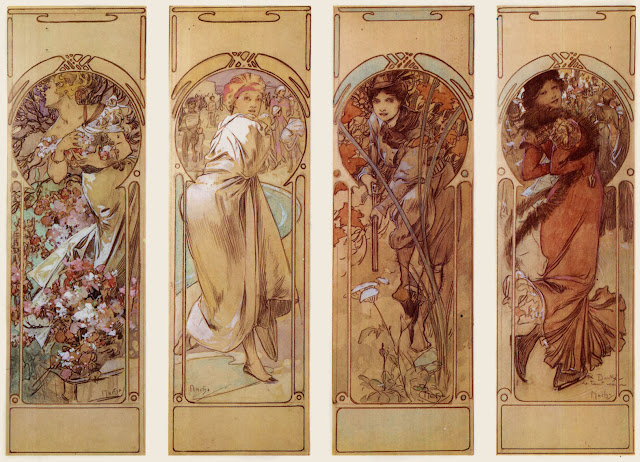


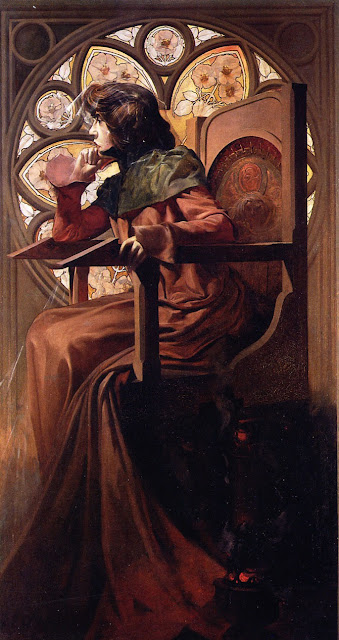



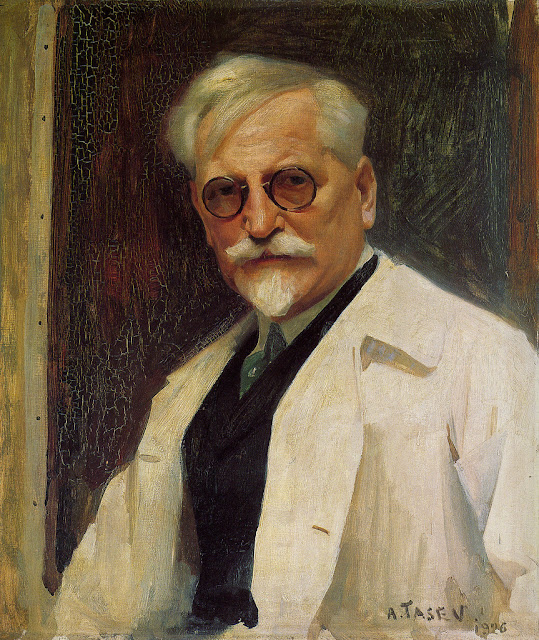
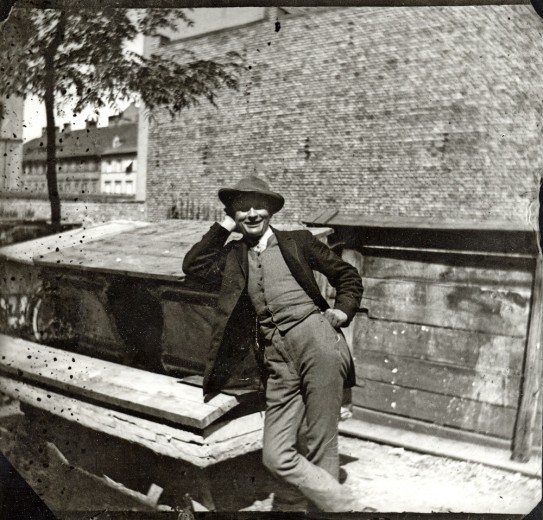




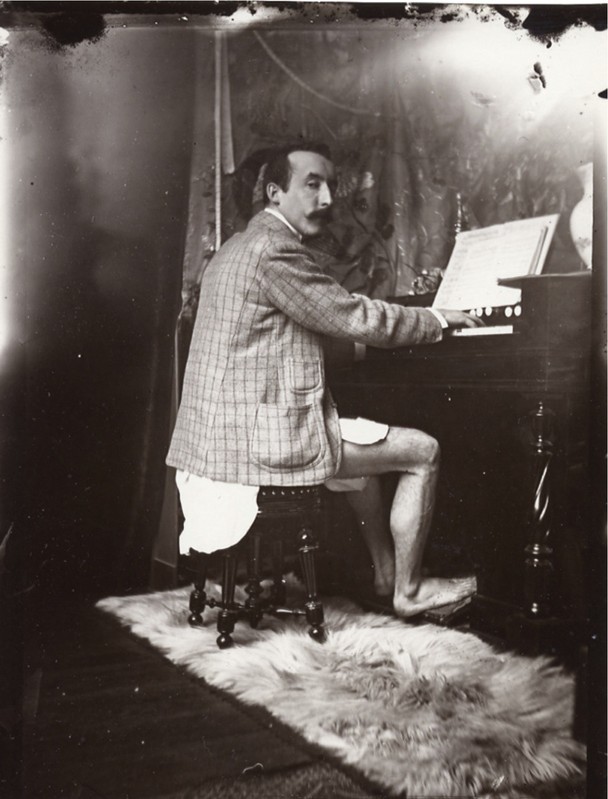




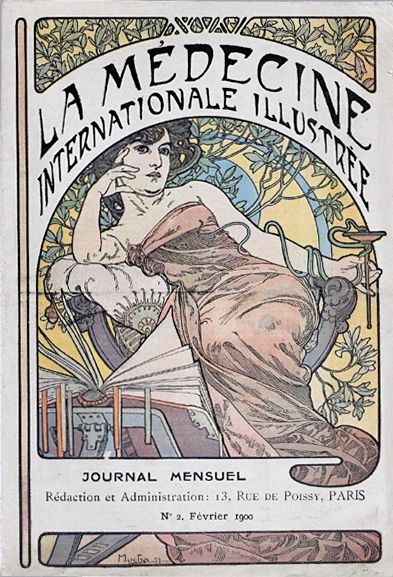







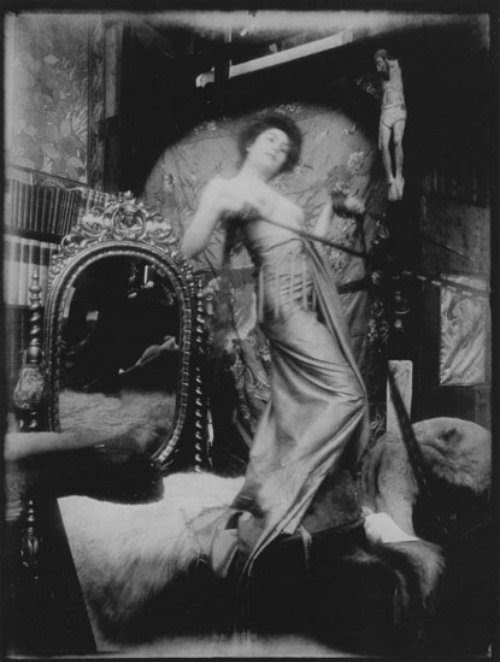




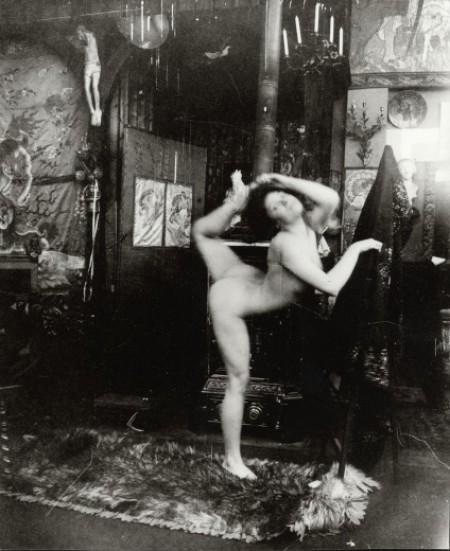

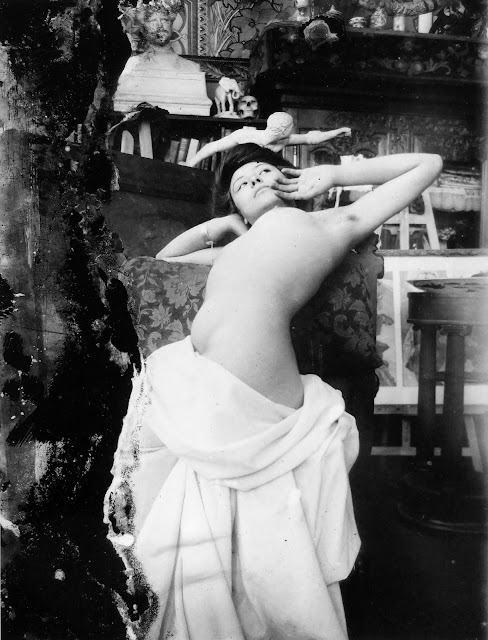




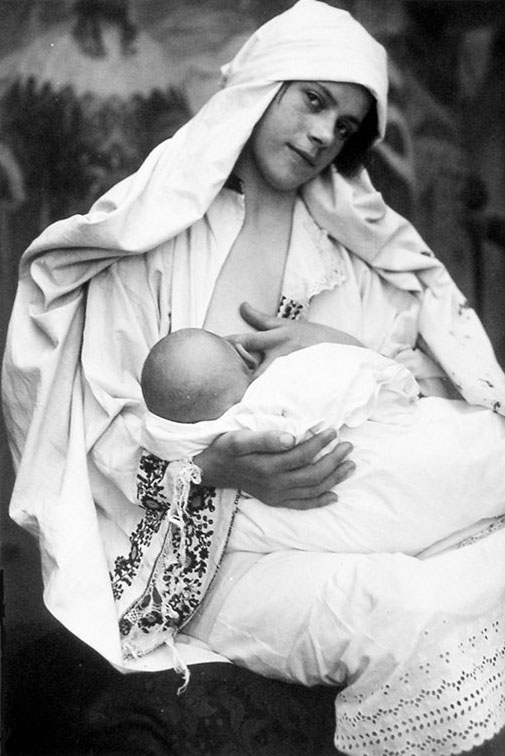

















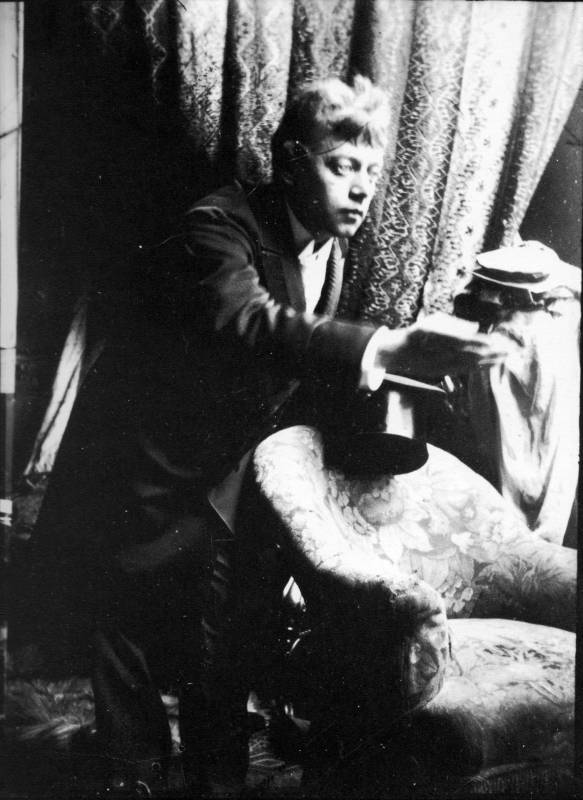














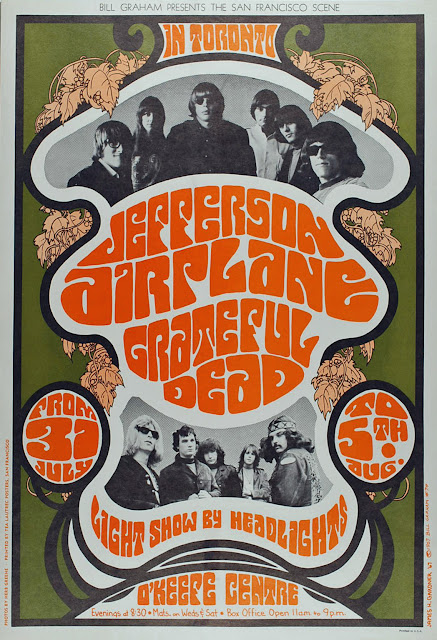


















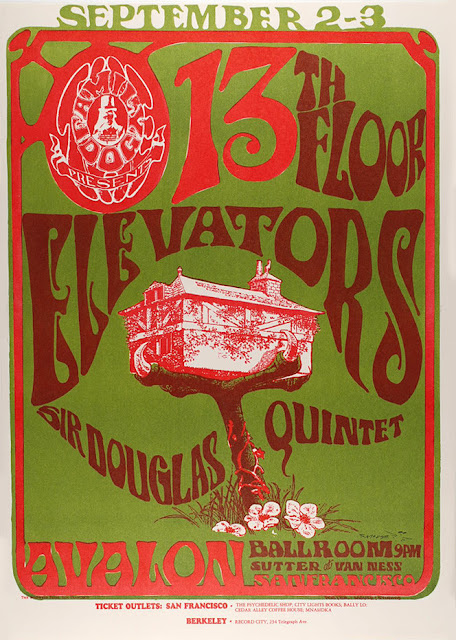
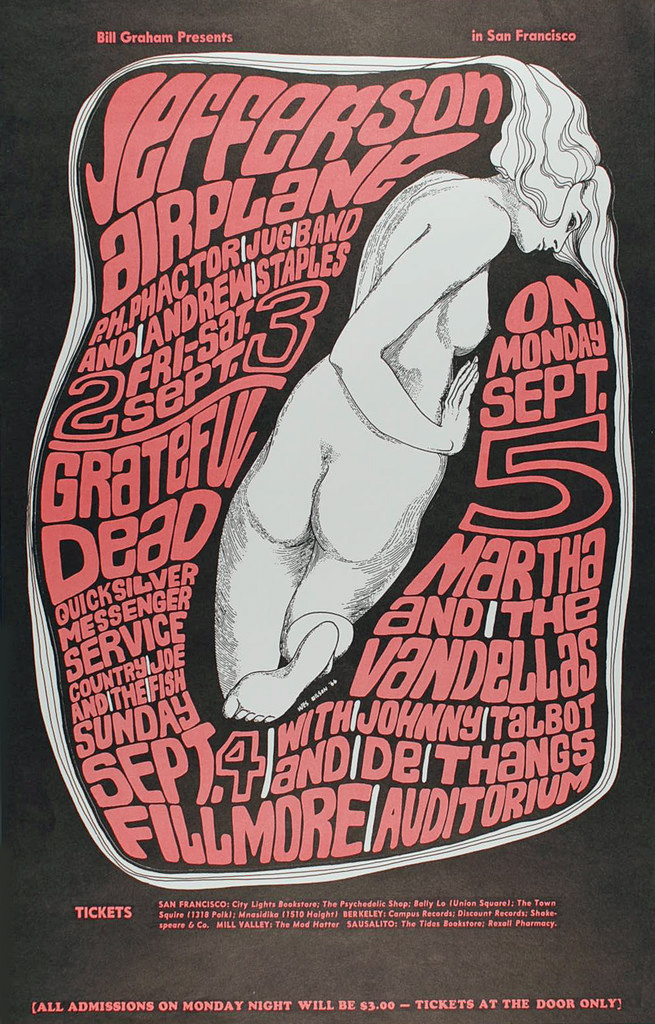


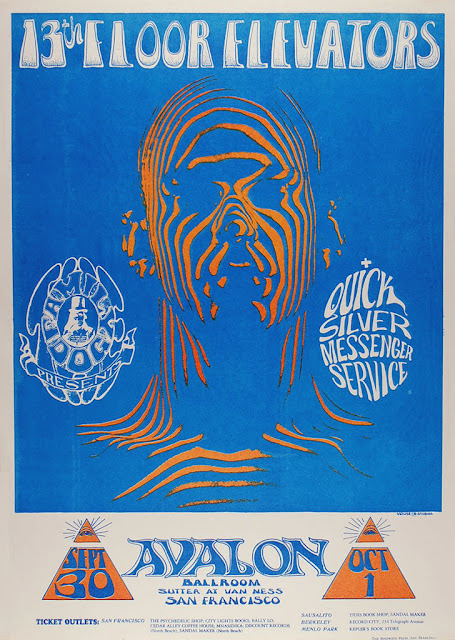




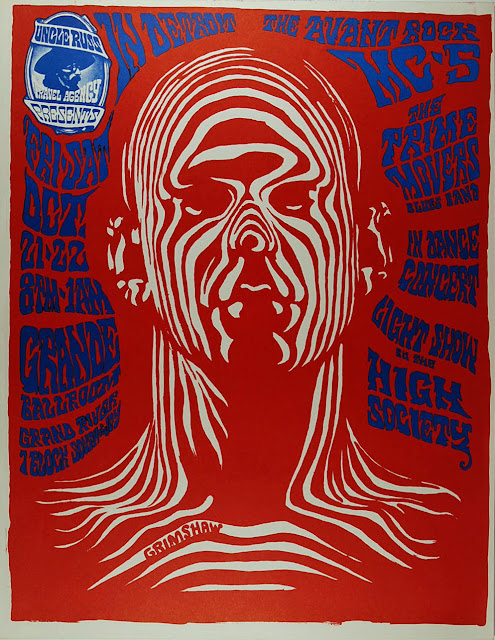








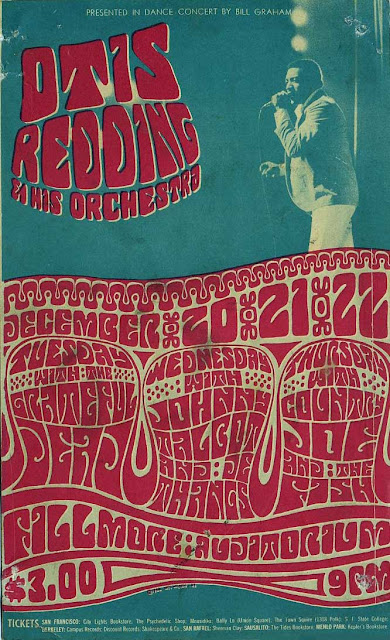




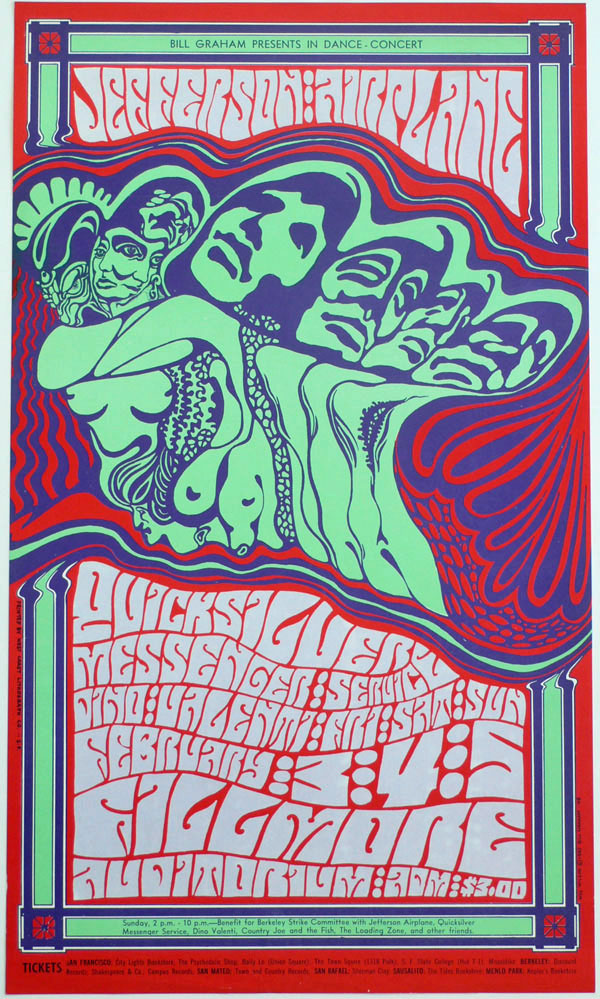







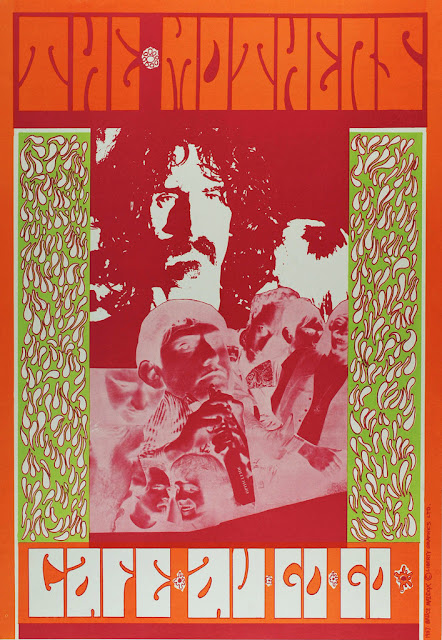

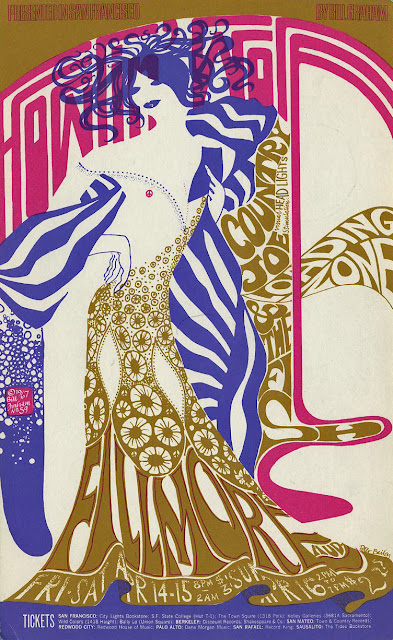
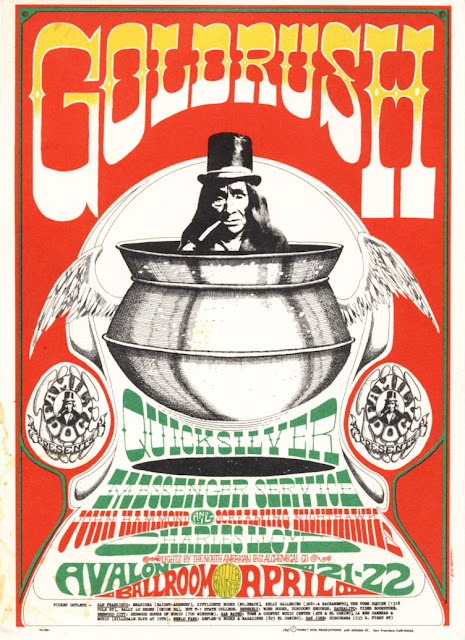
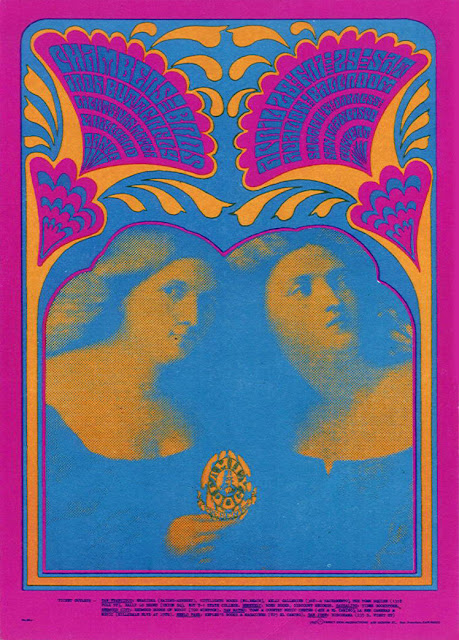
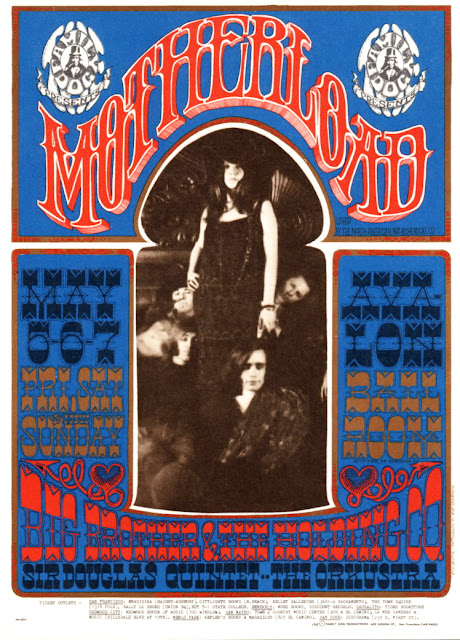







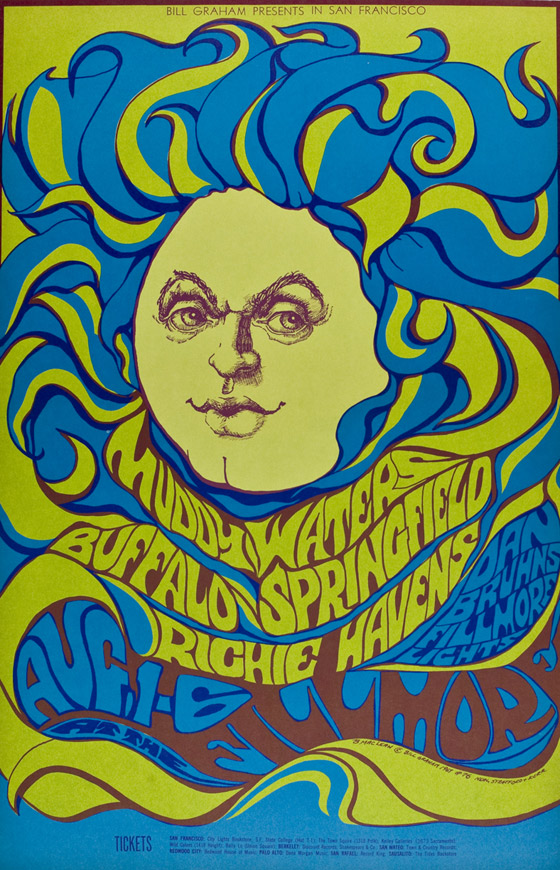


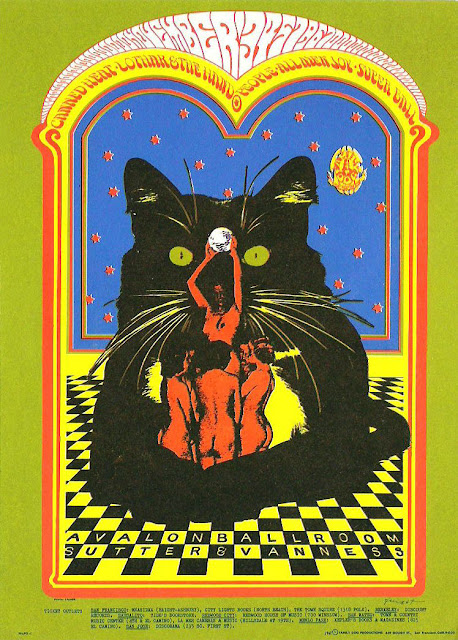
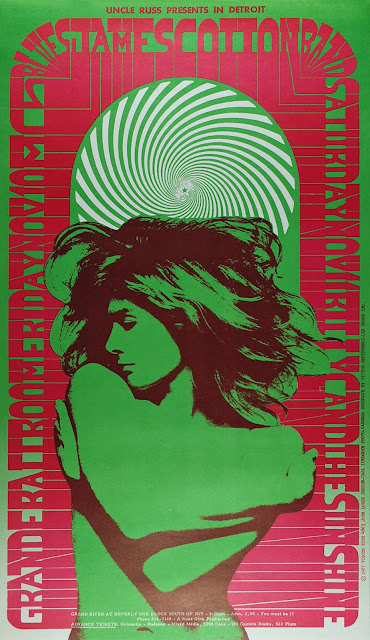

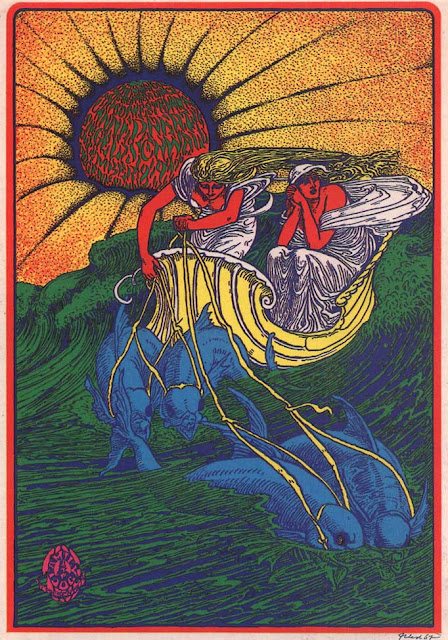
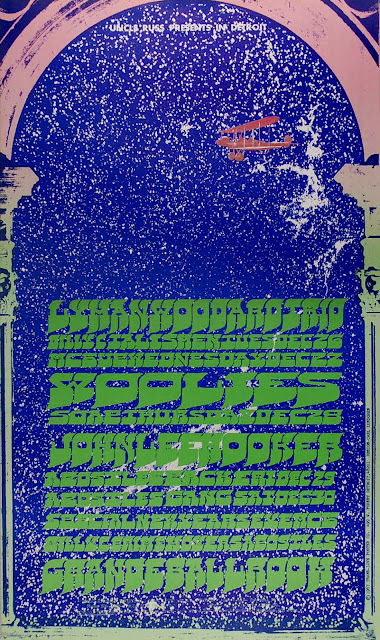
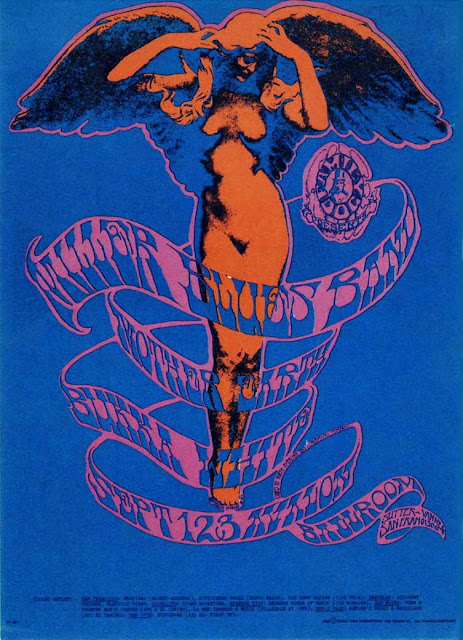


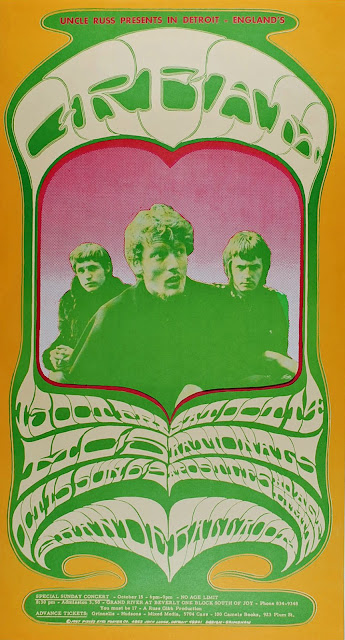


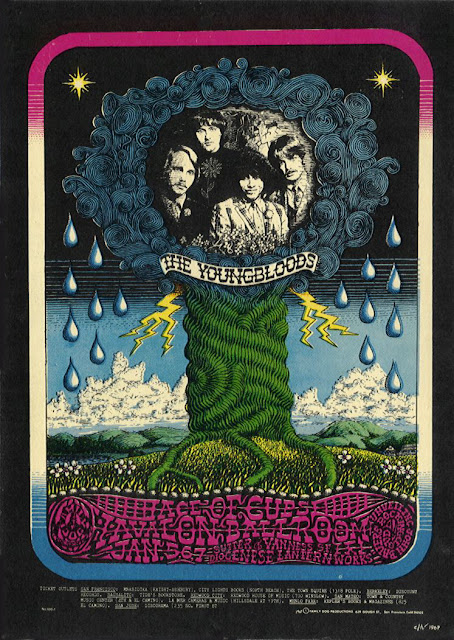


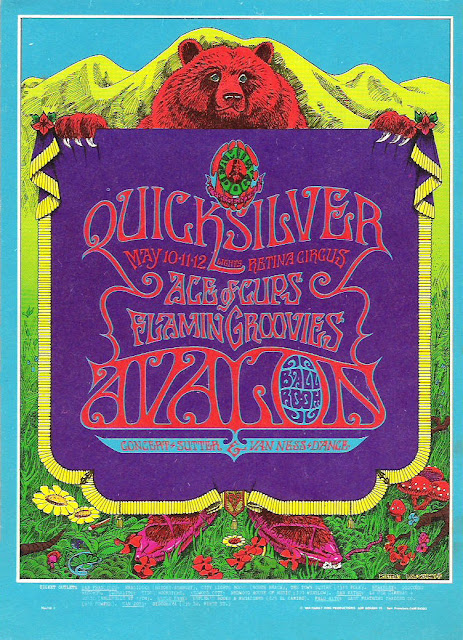

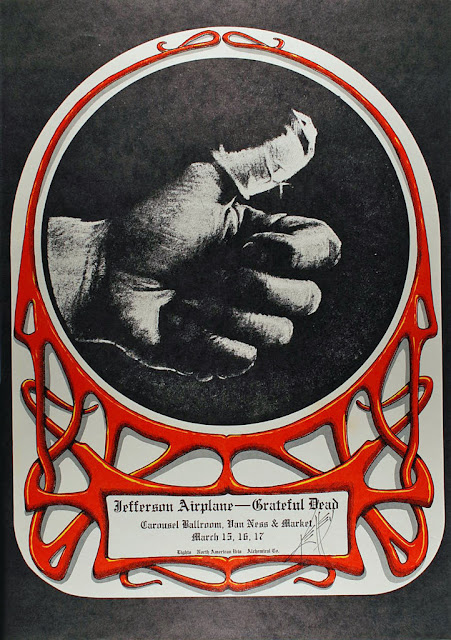







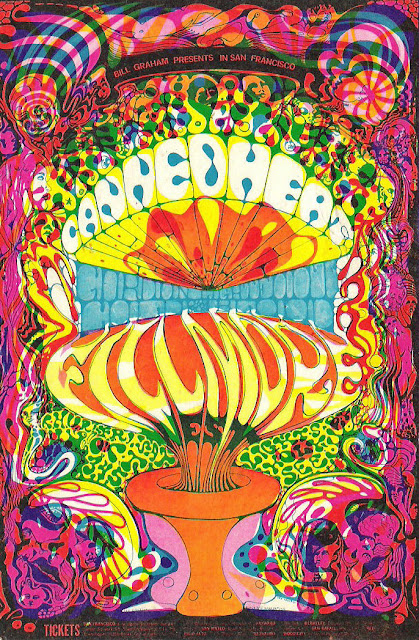
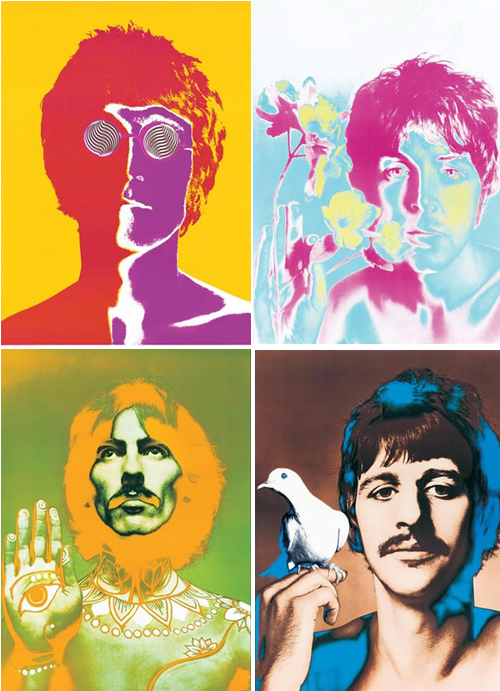

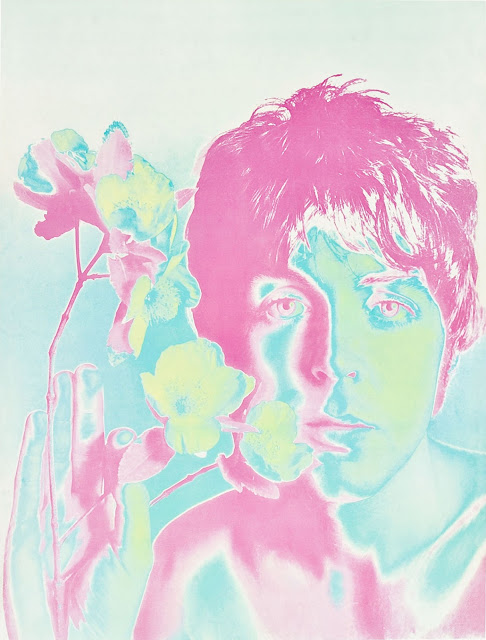


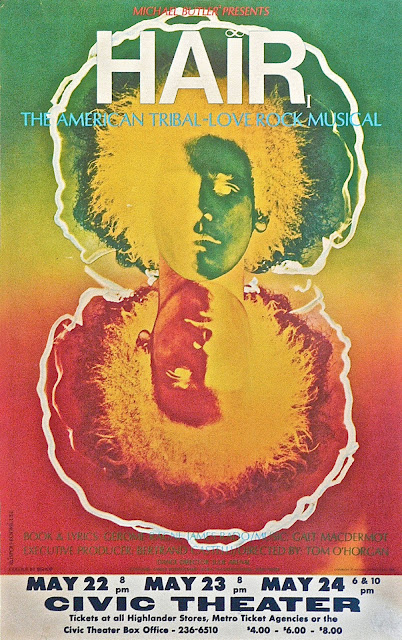













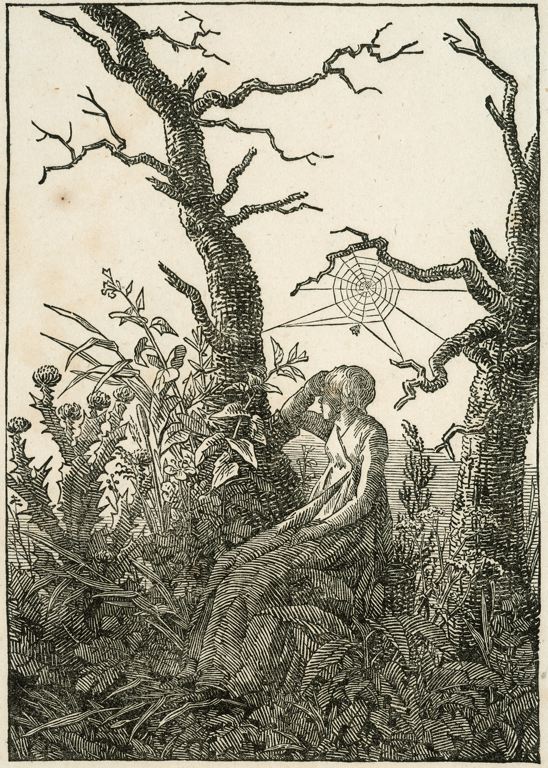.jpg)
.jpg)

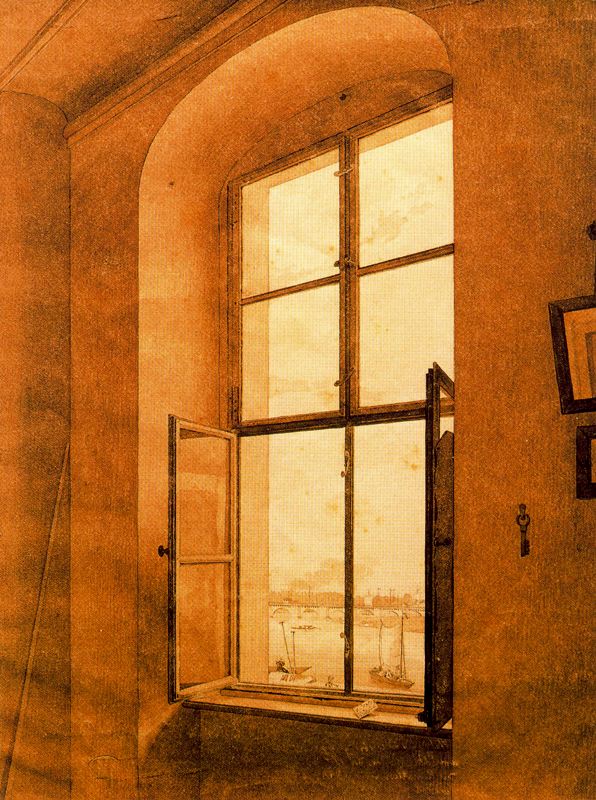







+oil+on+canvas+71.4+x+103.6+cm.jpg)
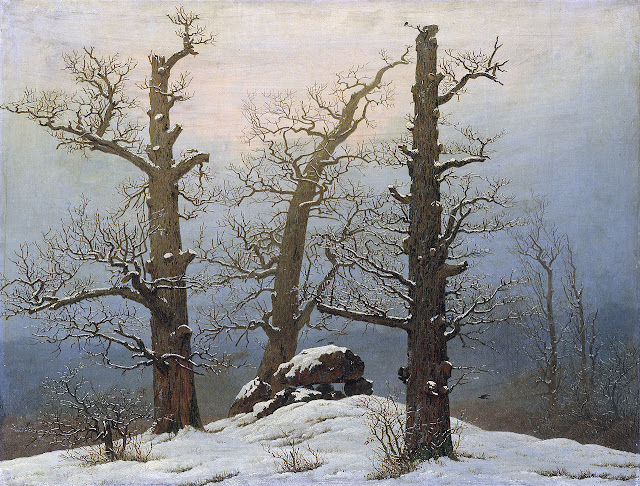



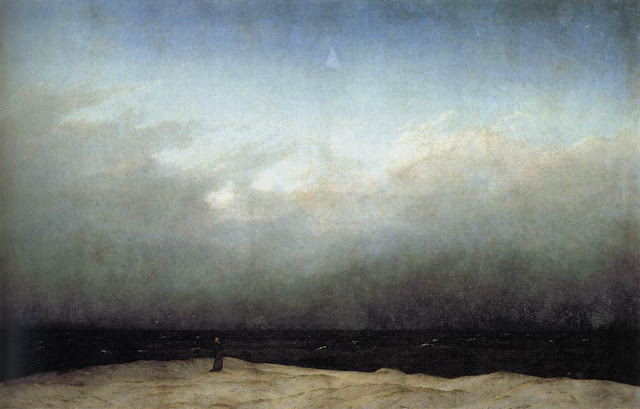

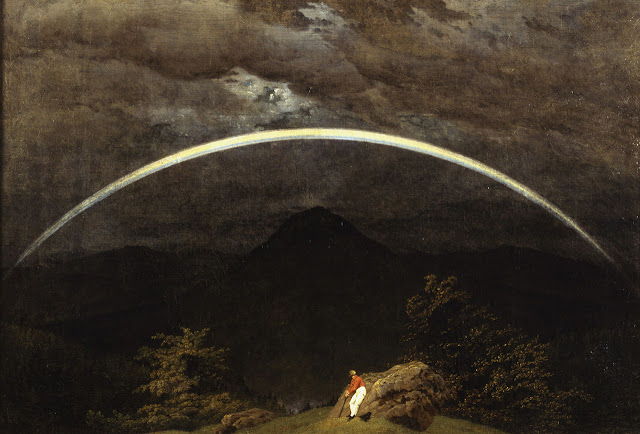

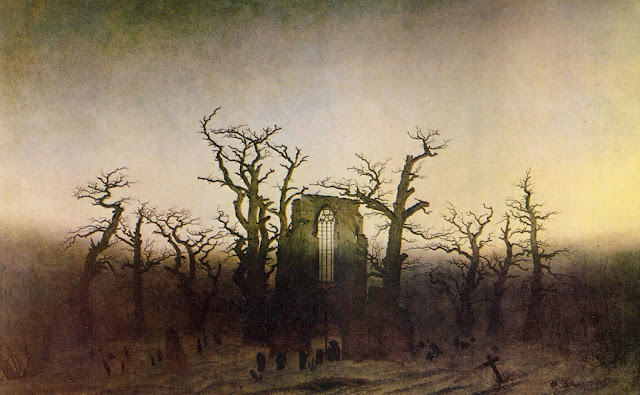


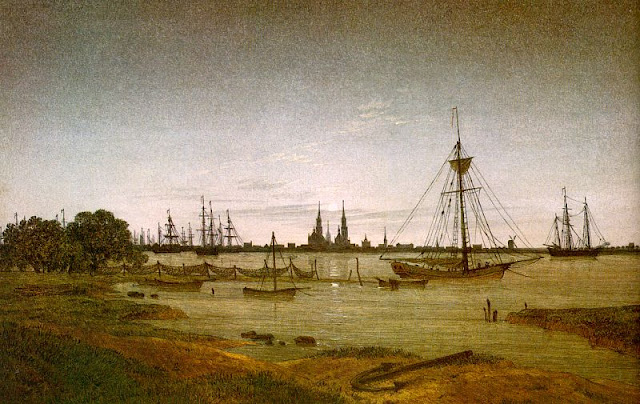
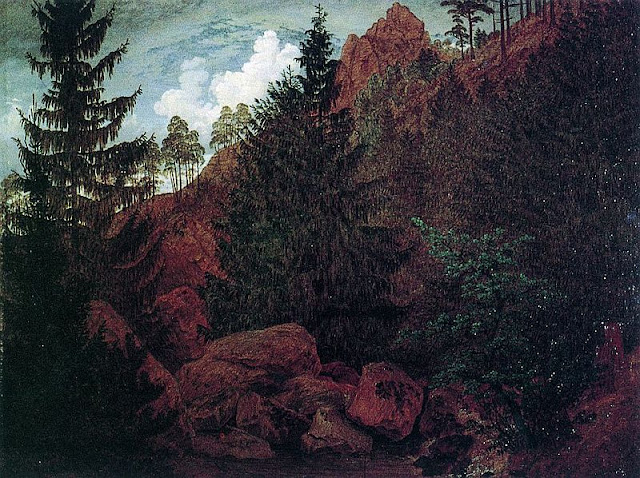






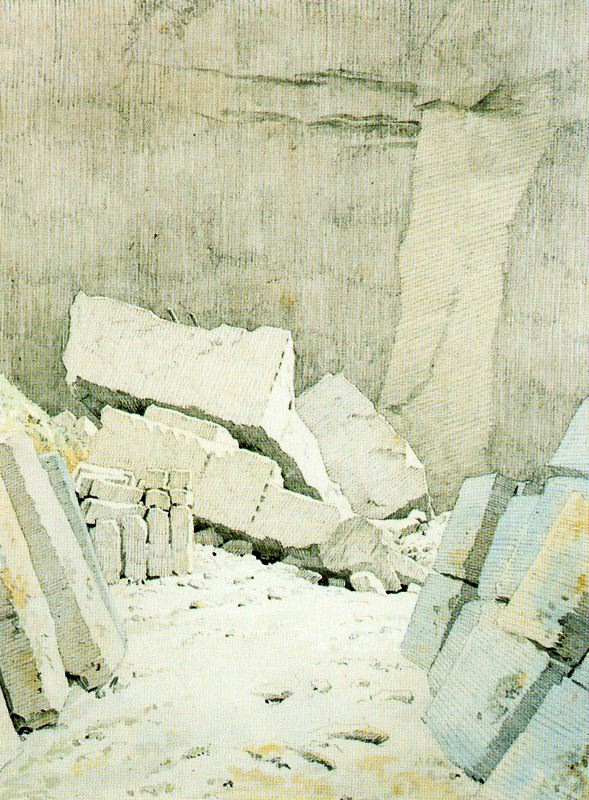
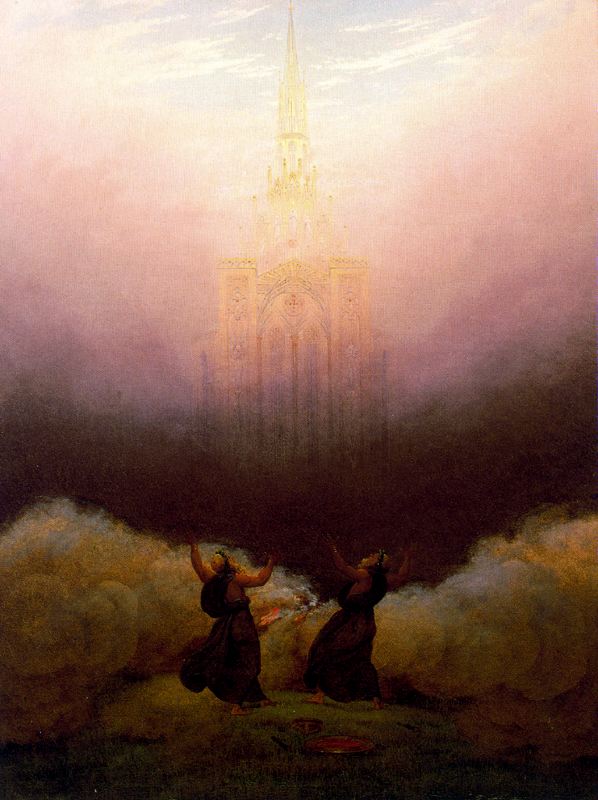




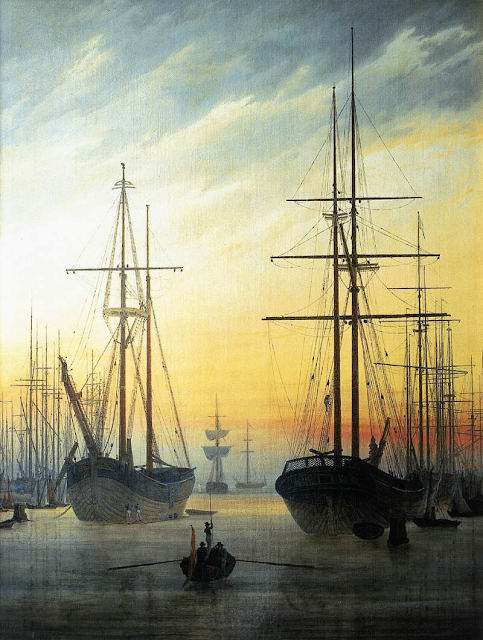
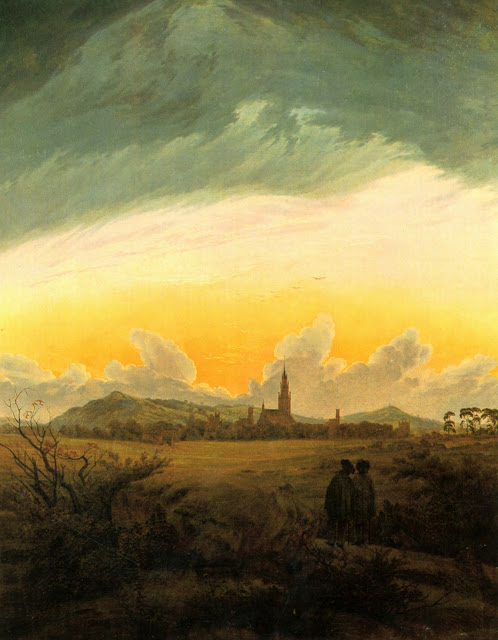







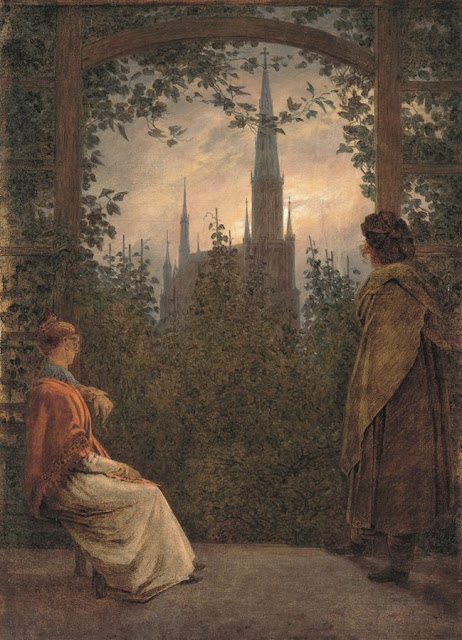























































+oil+on+canvas+25+x+31+cm.jpg)




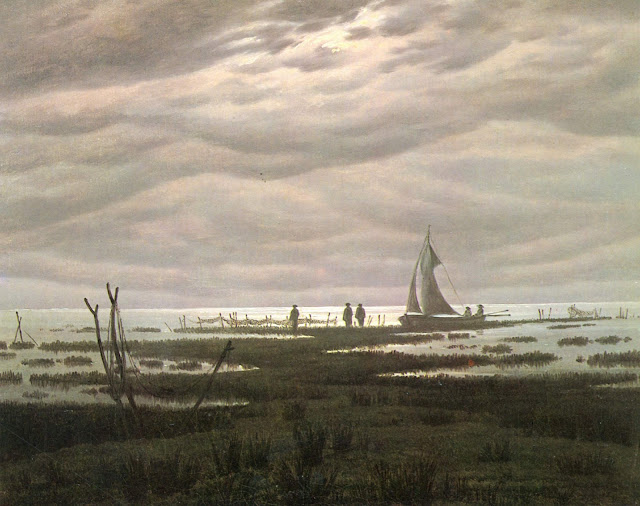












































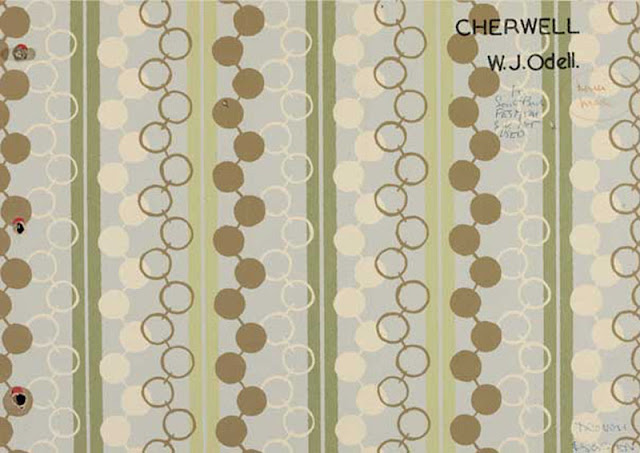




















+oil+on+canvas+55.9+x+48.3+cm.jpg)

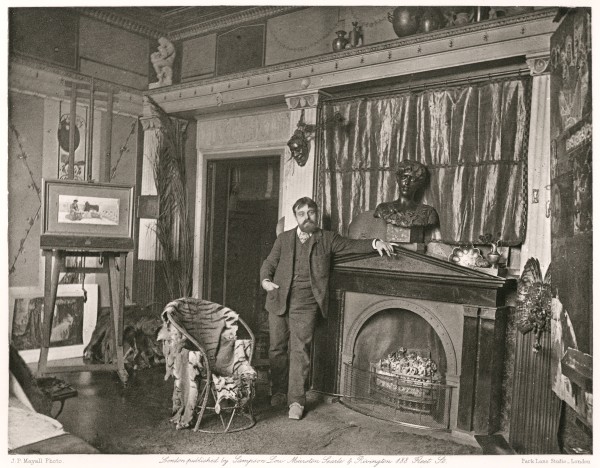


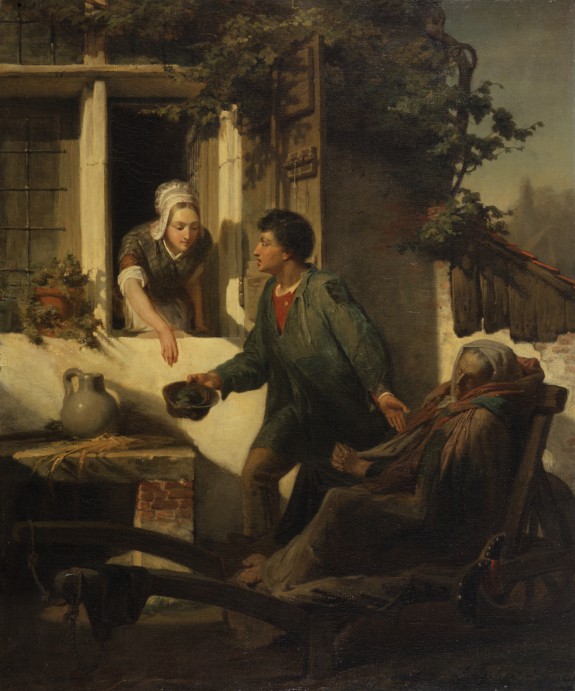

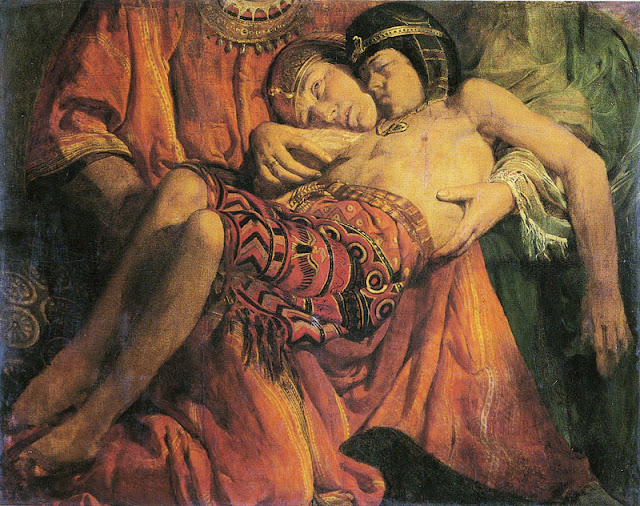






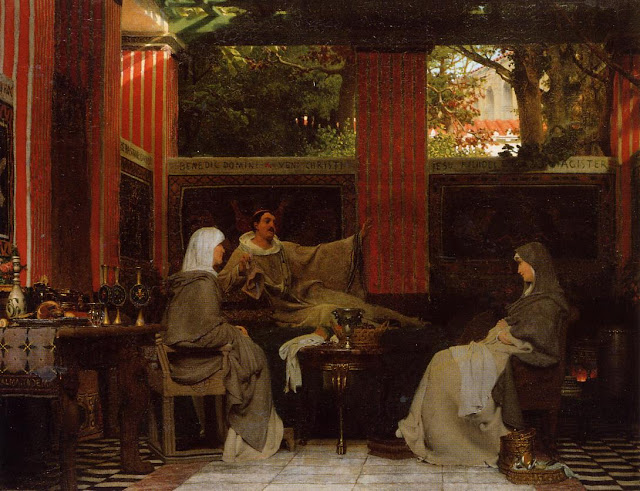

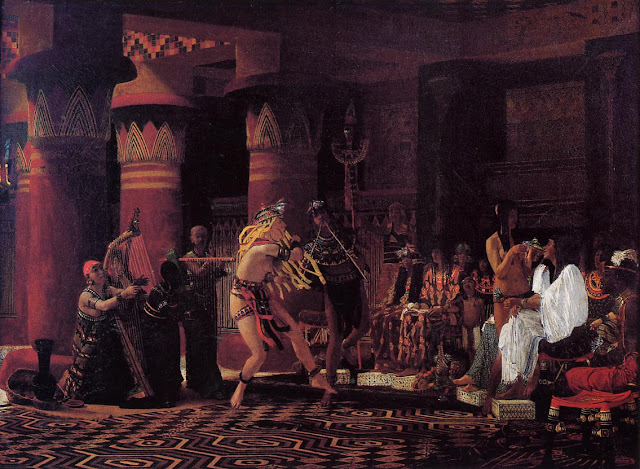

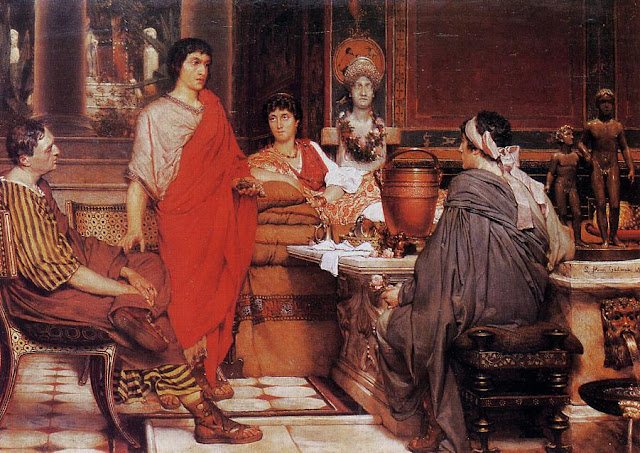
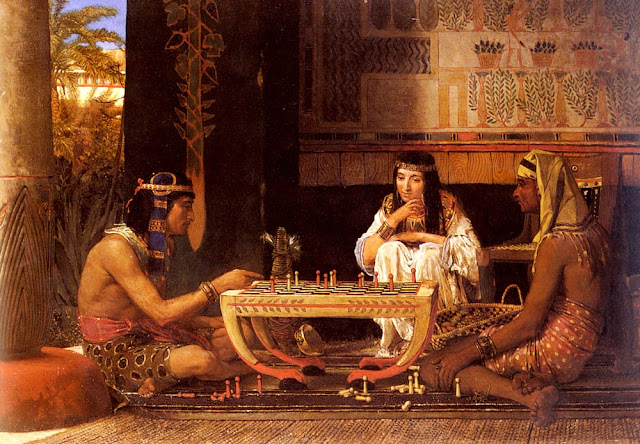









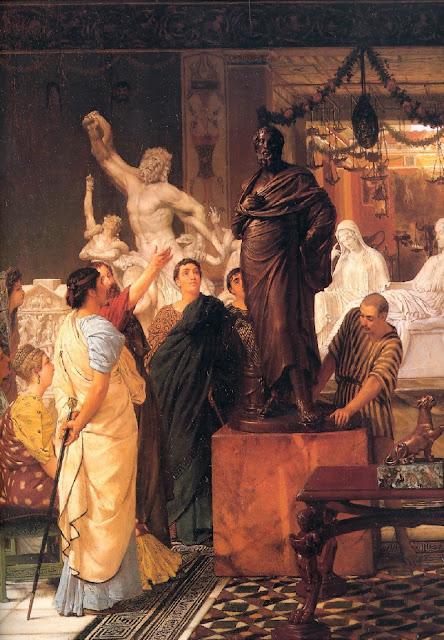



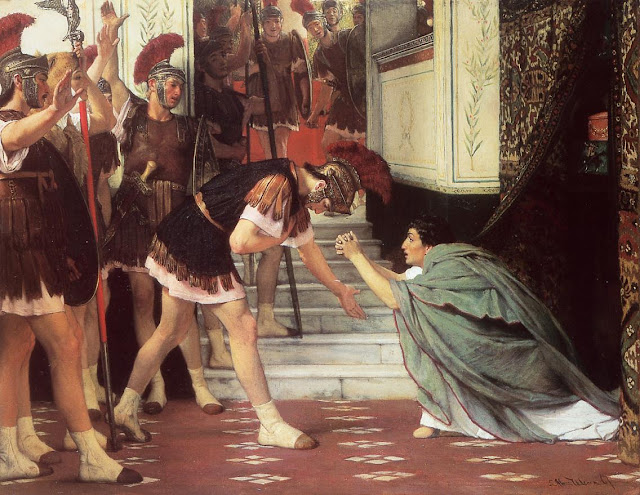

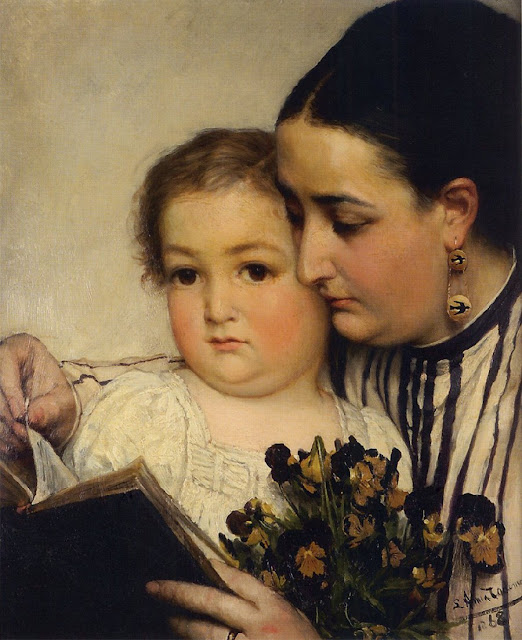

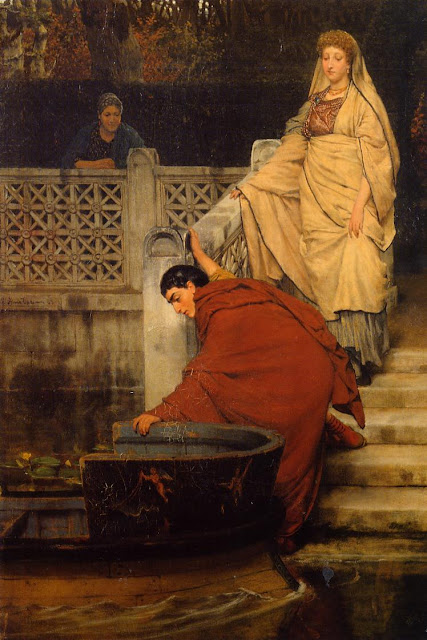






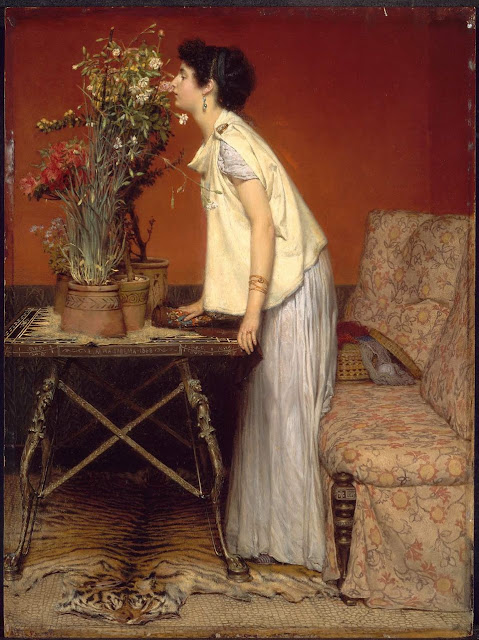
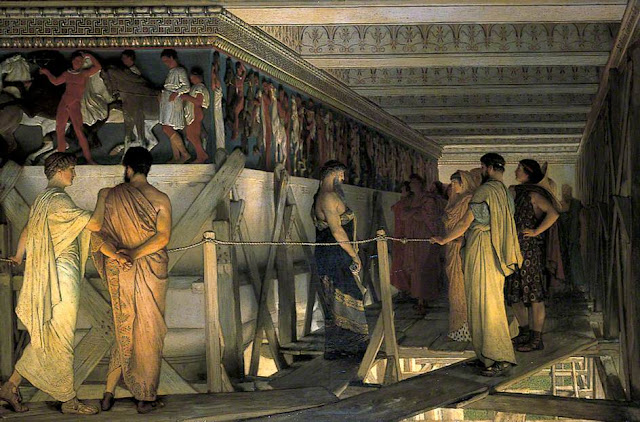

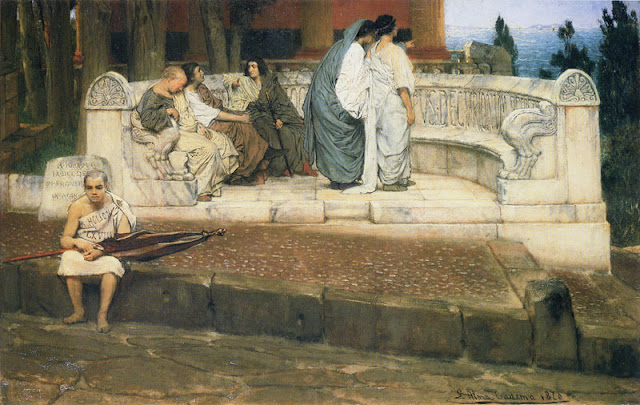
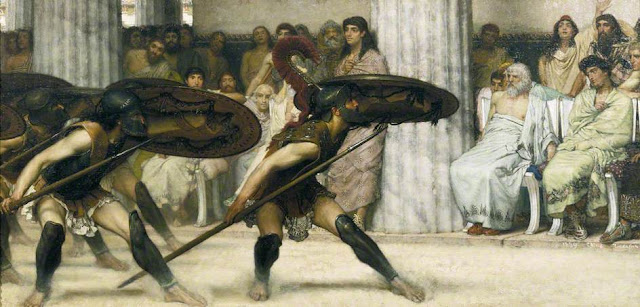











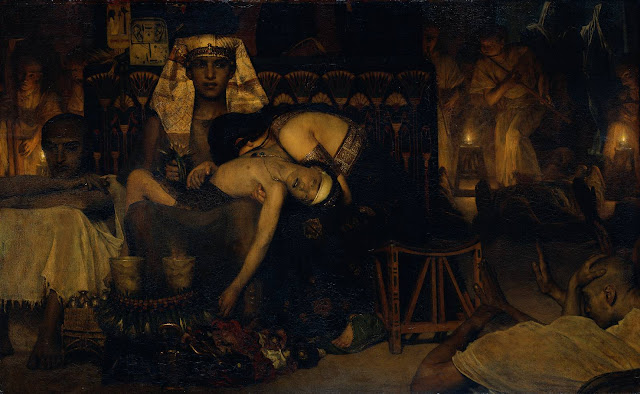

+oil+on+wood+56.5+x+47+cm.jpg)










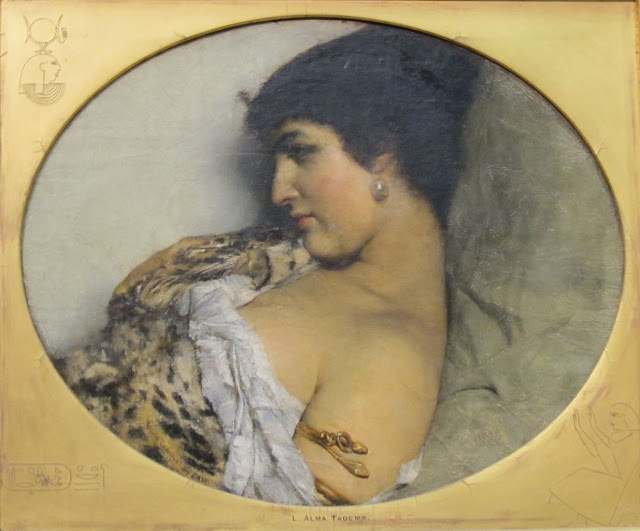.jpg)












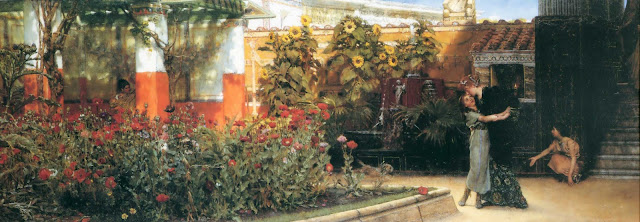






























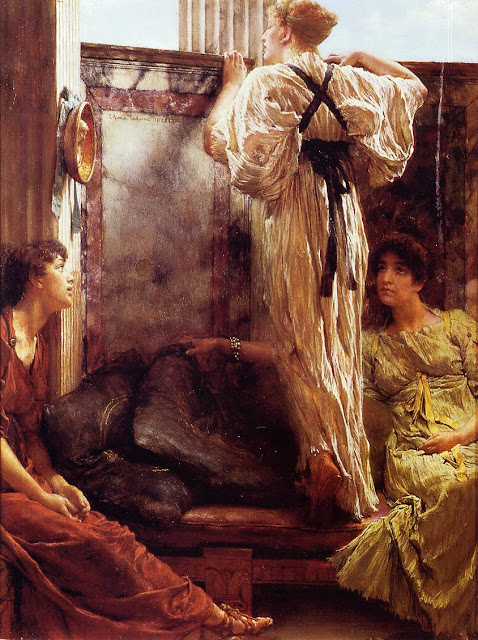

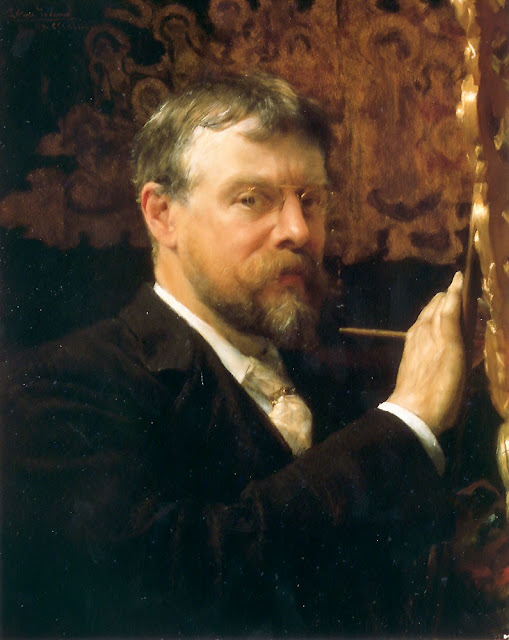























+oil+on+canvas+39.2+x+35.5+cm.jpg)





























+oil+on+canvas+150.2+x+106.7+cm+cm.jpg)





















































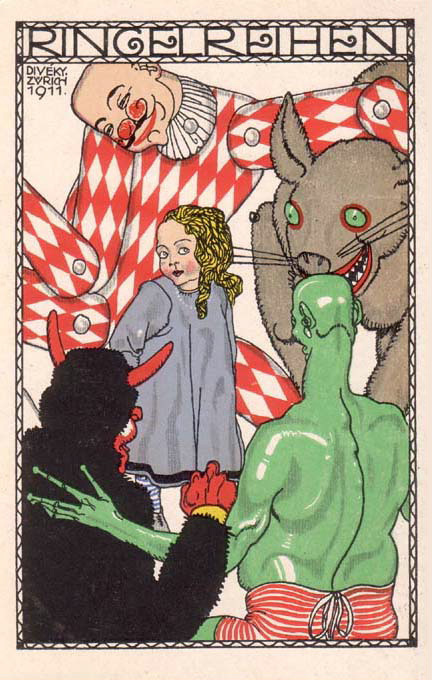
































.jpg)
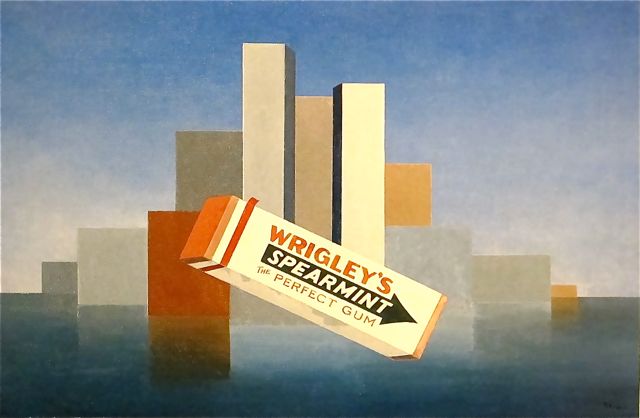





+oil+&+sand+on+canvasboard+45.7+x+38.1+cm.jpg)







+oil+on+canvasboard+40.6+x+30.2+cm.jpg)



.jpg)
+collage.jpg)






++oil+on+canvasboard+55.9+x+76.2+cm.jpg)









































































